ECJ Ruling on VAT Margin Scheme for Artworks Supplied by Legal Entities
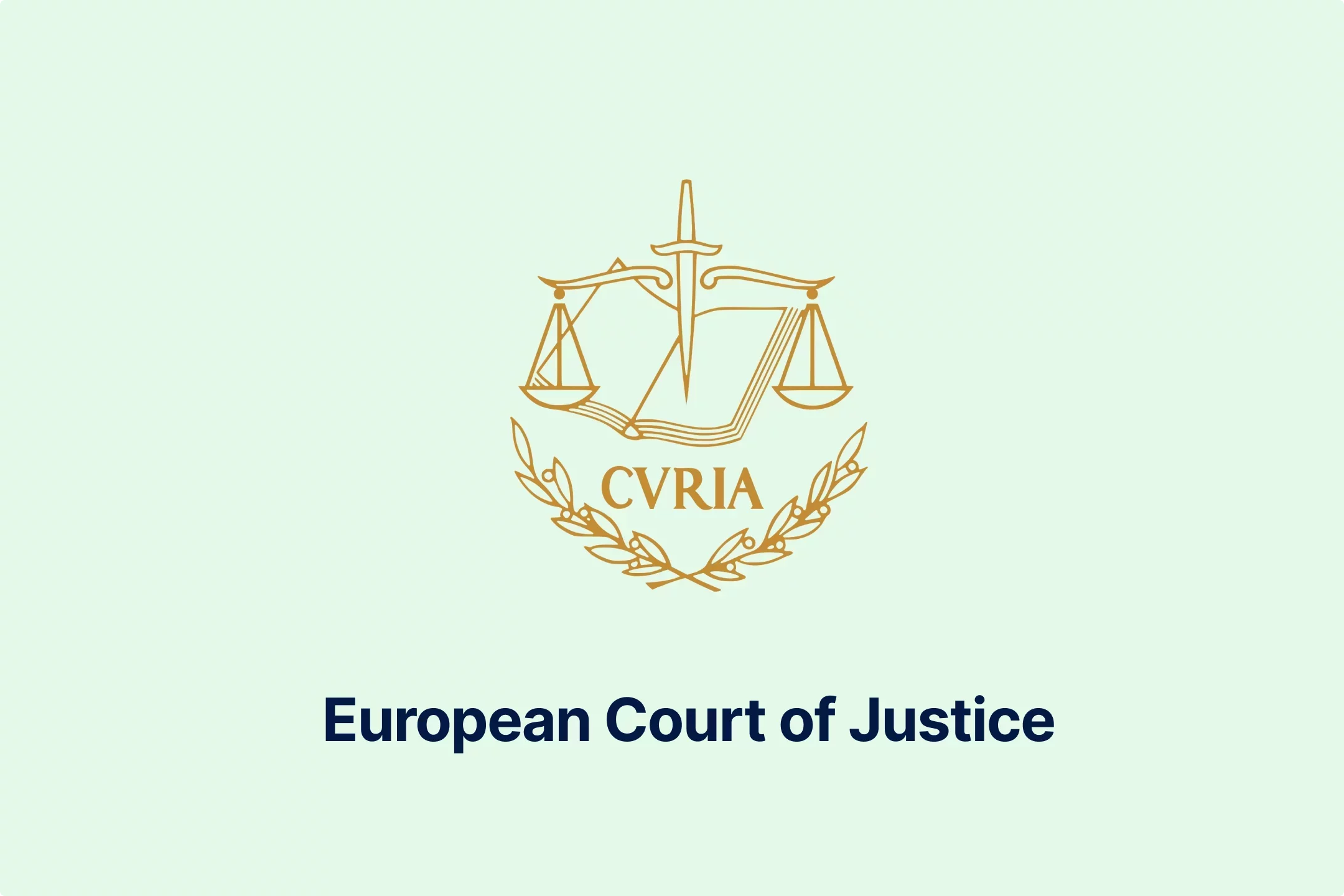
🎧 Prefer to Listen?
Get the audio version of this article and stay informed without reading - perfect for multitasking or learning on the go.
The central point of the dispute in the case of Galerie Karsten Greve (GKG) before the European Court of Justice (ECJ) is whether a taxable dealer can use the margin scheme when acquiring artworks from a company established by the creator or their successors in title. The ECJ analysis and ruling clarify the balance between strict legal interpretation and the overarching objectives of the EU VAT Directive, ensuring that legislative intent is preserved without imposing unnecessary administrative burdens.
Background of the Case
GKG is an art gallery operator that in 2014 sold works of art it had acquired from Studio Rubin Gideon (SRG), a UK-based company. Following the French Tax Authority's audit, the application of the VAT margin scheme for these sales was questioned, and the Tax Authority issued additional VAT assessments to GKG for the entire year of 2014.
Both the Administrative Court of Paris and, later, the Administrative Court of Appeal rejected GKG's appeals regarding the VAT assessments. Furthermore, the French Tax Law states that the VAT margin scheme can be applied only when the supply of works of art originates from either the artist themselves or their successors in title, including in cases of intra-Community acquisitions.
In this case, the GKG used the margin scheme to sell paintings by Gideon Rubin, which it had acquired through intra-Community purchases from SRG, a company owned by Mr. Ruben and his business partner.
The Administrative Court of Appeal in Paris ruled that GKG was not entitled to apply the VAT margin scheme to the paintings in question, as only the individual artist who physically created the work could be considered the creator. Therefore, SRG, as a legal entity, could not qualify. GKG argued that the Court of Appeal made a legal error. The Council of State noted that the resolution of this issue depends on the interpretation of EU-wide VAT rules.
More precisely, the decision on whether the VAT margin scheme applies to transactions in question depends on whether Article 316(1)(b) of the VAT Directive, in conjunction with Article 311(1)(2) and Annex IX, excludes the possibility of a legal person, such as SRG, being considered the creator of a painting. Consequently, the Council of State decided to pause the proceeding and refer two questions to the ECJ for a preliminary ruling.
Main Questions from Request For Ruling
With its first question, the Council of State inquired whether the relevant provisions of the EU VAT Directive preclude a legal person, such as a company, from being considered the creator of a painting for VAT margin scheme purposes.
If the answer to the first question is no, meaning companies may be considered as creators of painting for the VAT margin scheme, the second question asked which criteria should be used to determine whether a legal entity can be regarded as the creator. Specifically, should criteria such as whether the company is subject to a special legal framework, whether the individual who painted the work owns shares in the company, or whether that individual holds a management role within it be considered?
Applicable EU VAT Directive Article
Both the EU VAT Directives' Recitals, namely 4, 7, and 51, as well as Articles 14(1), 103, 311(1), 314, 316, and Annex IX, Part A, entitled “Work of art”, were considered and interpreted to answer the raised questions. The stated recitals emphasize the goal of creating an internal market through turnover tax legislation that avoids distorting competition or restricting the free movement of goods and services.
Additionally, the EU VAT Directive establishes a specific taxation system for second-hand goods, works of art, antiques, and collectors’ items, aimed at preventing double taxation and eliminating distortions in competition among taxable persons.
Article 103 allows EU countries to apply a reduced VAT rate to the importation of works of art, collectors’ items, and antiques. Furthermore, Article 311(1) describes a taxable dealer as any taxable person who, in the course of their business and with the intention of resale, purchases, uses, or imports second-hand goods, works of art, collectors’ items, or antiques, whether acting on their behalf or for another person under a commission-based contract.
Additionally, Articles 314 and 314 of the EU VAT Directive define applicability rules for the VAT margin scheme and grant taxable dealers the option to apply the margin scheme to specific transactions, respectively. Finally, Annex IX, Part A of the EU VAT Directive, defines “works of art” for VAT purposes.
France National VAT Rules
Under Article 278-0bis of the French Tax Law, a reduced VAT rate of 5.5% applies to imports and intra-Community acquisitions of such items made by taxable or certain non-taxable persons within the EU, and sets a 10% VAT rate on supplies of works of art created by their creator or their successors in title.
Furthermore, Article 297, which defines the taxable amount for supplies by taxable dealers of works of art, and allows taxable dealers to opt to apply these margin scheme provisions to supplies of works of art, collectors’ items, or antiques following importation, intra-Community acquisition, or supplies subject to the reduced VAT rates, was also considered.
Annex III, Article 98 A, which describes works of art to include pictures, collages, paintings, and drawings executed entirely by hand by the artist, excluding technical or commercial designs, hand-decorated manufactured articles, theatrical scenery, and similar painted canvas backdrops, was also stated as vital for providing answers to the raised questions.
Importance of the Case for Taxable Persons
Taxable persons, particularly taxable dealers active in the art market, may find this case valuable since it touches on fundamental VAT principles, such as fiscal neutrality, equal treatment of economic operators, and the avoidance of competitive distortions. Moreover, the case offers a pivotal interpretation of how the VAT margin scheme should be applied to works of art supplied through legal entities.
Analysis of the Court Findings
The ECJ noted that the actual creator of the paintings in question is the artist Gideon Rubin, who sold his works through SRG, a company in which he is one of two partners. The ECJ also added that Article 314(a) allows the application of the margin scheme when a taxable dealer supplies works of art that were provided to them within the EU by a non-taxable person.
One of the first ECJ observations was that Article 316(1) extends provisions from Article 314 to taxable dealers who receive works of art from the creator or their successors in title, who are considered taxable persons for VAT purposes.
Therefore, the ECJ underlined that the key issue is not whether a legal entity like SRG can itself be deemed the creator, but rather whether supplies of works of art made by the creator or their successors in title, when acting through a VAT-registered legal entity, fall within the scope of that provision.
Both the ECJ and the Advocate General noted that the supply of works of art is part of the commercial activity of the creator or their successors, which essentially involves transferring ownership rights, usually for payment. From a wording point of view, Article 316(1) does not explicitly exclude the possibility that a creator or their successors can make such supplies through a legal entity, nor does it prevent such supplies from being made by a legal person.
To determine the application of the VAT margin scheme, it is necessary to understand the definition of the scheme in light of its objectives and the fundamental principle of tax neutrality. From this perspective, it is crucial to emphasize that the EU VAT Directive seeks to prevent distortions of competition and avoid hindering the free movement of goods and services within the EU.
Moreover, the existing case law has tax neutrality as a core principle of the VAT system, ensuring that economic operators engaged in the same transactions are treated equally in terms of VAT collection. The ECJ further added that both provisions on the margin scheme and Recital 51 aim to prevent double taxation and avoid distorting competition among taxable persons in the market for works of art.
By offering favorable tax treatment for their importation, first supply after creation, and first supply by taxable dealers, the primary goal of EU legislation and legislators was to encourage the introduction of new works of art into the EU market, whether imported or newly created.
Limitations on the right of taxable dealers to apply the margin scheme only to works supplied by the creator or their successors in title reduce administrative burdens for all parties, simplify proving whether the purchase price of a work of art includes input VAT, and ease the verification process for tax authorities.
Considering that it is often difficult to determine if such goods have been previously subject to VAT, especially since works of art and antiques may be old or have changed hands among non-taxable persons, the margin scheme enables the calculation of VAT based on the profit margin derived from the selling price of the goods.
Therefore, interpreting Article 316(1)(b) to categorically exclude supplies of works of art made by creators or their successors in title acting through legal entities would risk undermining key objectives of the EU VAT Directives provisions.
In addition to this ECJ's statement, the Advocate General added in its opinion that from the VAT perspective, creators or their successors supplying works of art to taxable dealers carry out essentially the same transactions whether they act as individuals or through legal persons. Therefore, treating creators or their successors differently based on whether they act as individuals or through legal entities could lead to inconsistent VAT rates for identical transactions.
Nevertheless, for the margin scheme to apply, certain conditions must be met. There must be no evidence of a prior supply of that work subject to VAT that would already qualify as such a first introduction. Additionally, even when a creator or their successors in title supply an artwork to a taxable dealer through a legal entity, for the provision to apply to the dealer’s subsequent sale, that legal entity must have held the right to dispose of the artwork as the owner.
Courts Final Decision
Following all the ECJ conclusions and remarks made by the Advocate General, the ECJ ruled that Article 316(1) must be understood as covering situations where taxable dealers receive works of art from the creator or their successors in title acting through a legal entity, provided two conditions are met.
These two conditions are that the supply by the legal entity must be attributable to the creator or successors in title, such as when they established the legal entity specifically to market the creator’s works, and the supply to the taxable dealer must represent the first introduction of those works onto the EU market.
Conclusion
The ECJ ruling confirms that, provided the conditions are met, the VAT margin scheme can apply when creators or their successors supply works of art through legal entities. Such an interpretation of the EU VAT rules represents a critical precedent for art dealers, creators, and other individuals and businesses operating in the EU's art market.
Source: Case C-433/24 - Galerie Karsten Greve v Ministry of Economic Affairs, Finance and Industrial and Digital Sovereignty, France, EU VAT Directive, VATabout

Featured Insights

Angola’s E-Invoicing Mandate: Phased Implementation Continues Into 2026
🕝 December 10, 2025
VAT Deduction and Business Succession: When Do Advisory Costs Serve the Company’s Interest?
🕝 December 8, 2025
Europe’s Plastic Fiscal Shift: Why Italy’s Plastic Tax Now Starts in 2027
🕝 December 3, 2025
The Decline of Low-Value Import Exemptions: Closing Gaps in Cross-Border E-Commerce
🕝 November 20, 2025More News from Europe
Get real-time updates and developments from around the world, keeping you informed and prepared.
-e9lcpxl5nq.webp)

-7acdre0hop.webp)
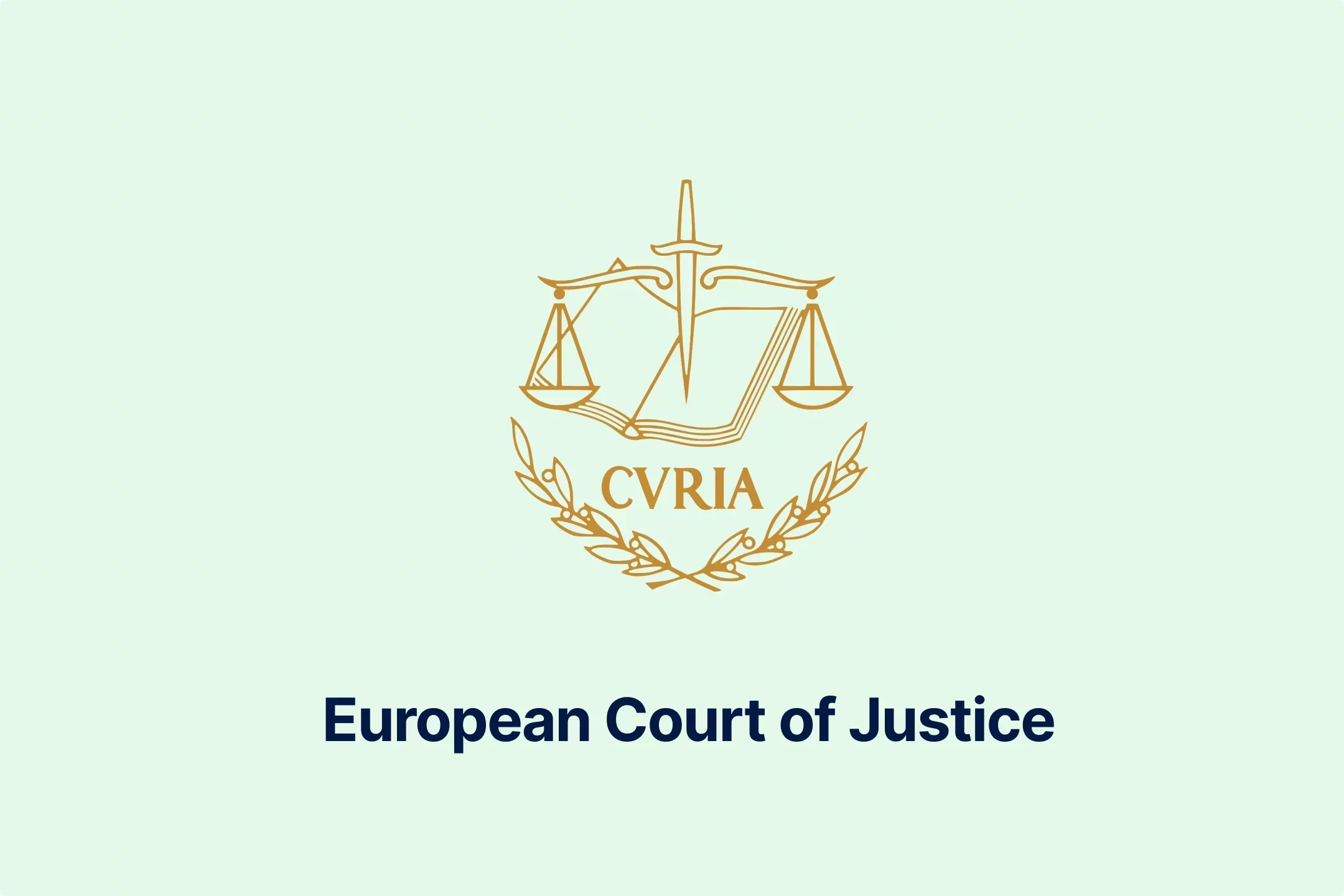
-lcgcyghaer.webp)
-ol6mdkdowg.webp)
-aqdwtmzhkd.webp)
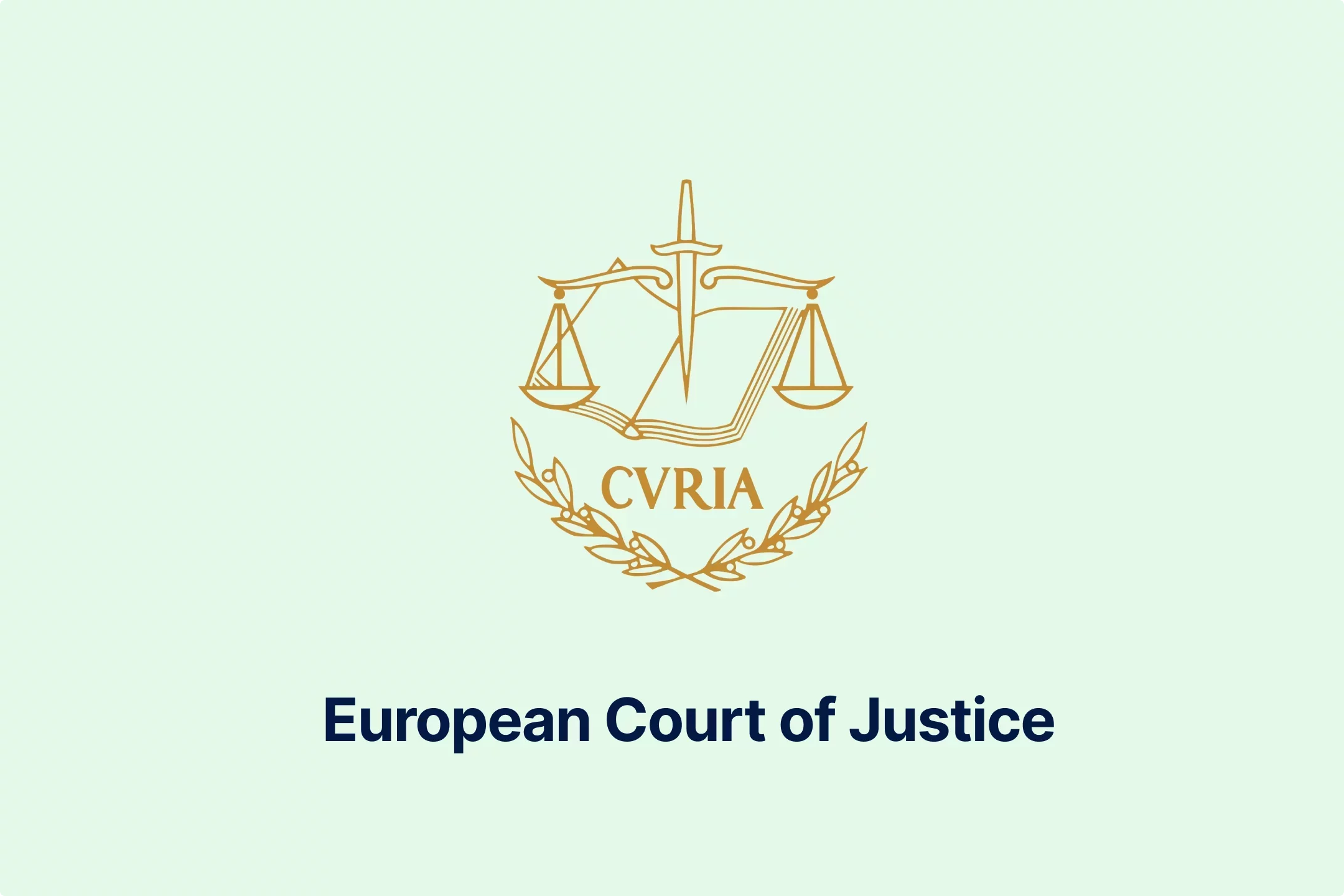
-njgdvdxe2u.webp)
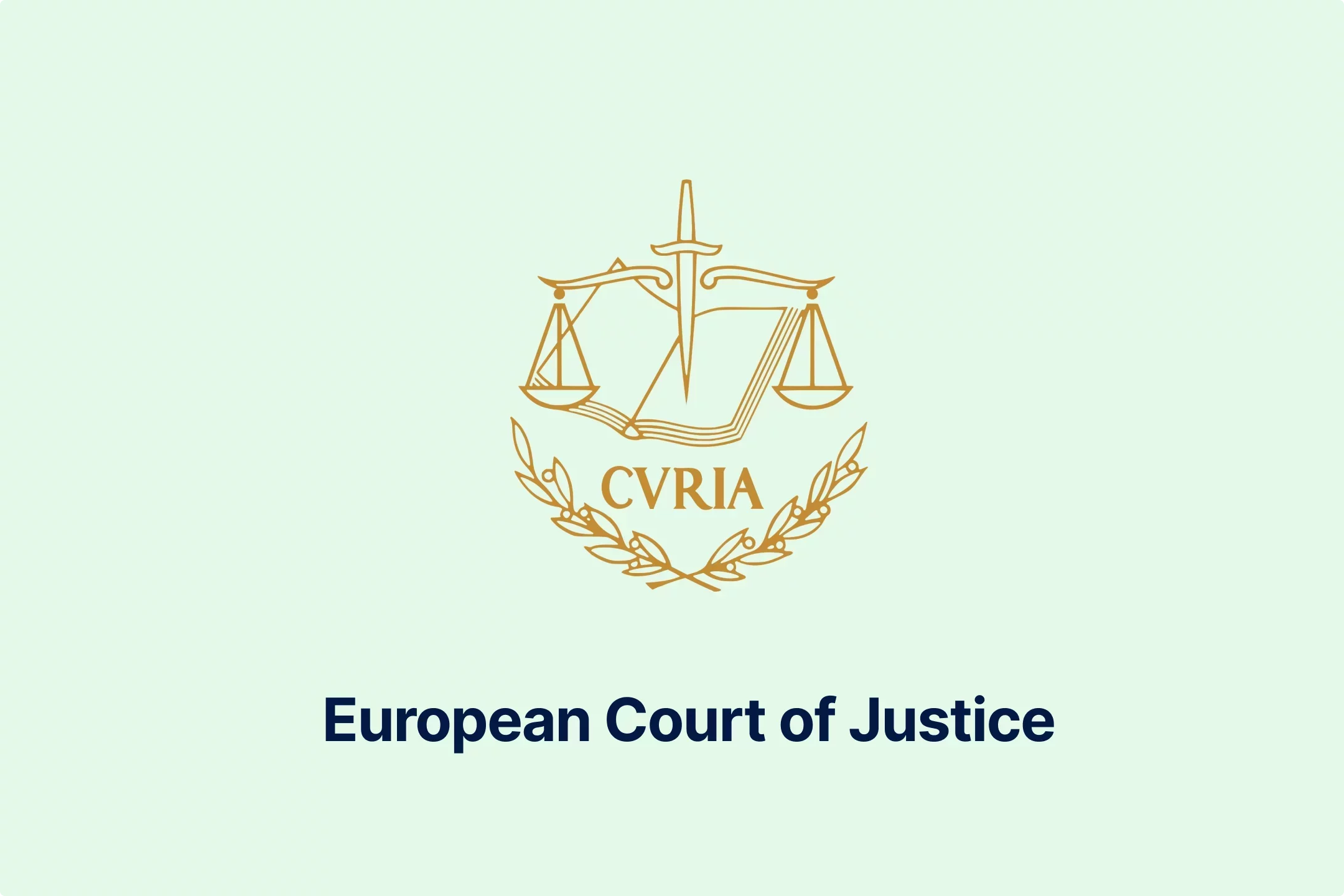


-i6rki3jbad.webp)
-hdwgtama05.webp)

-atbhy5fyxv.webp)
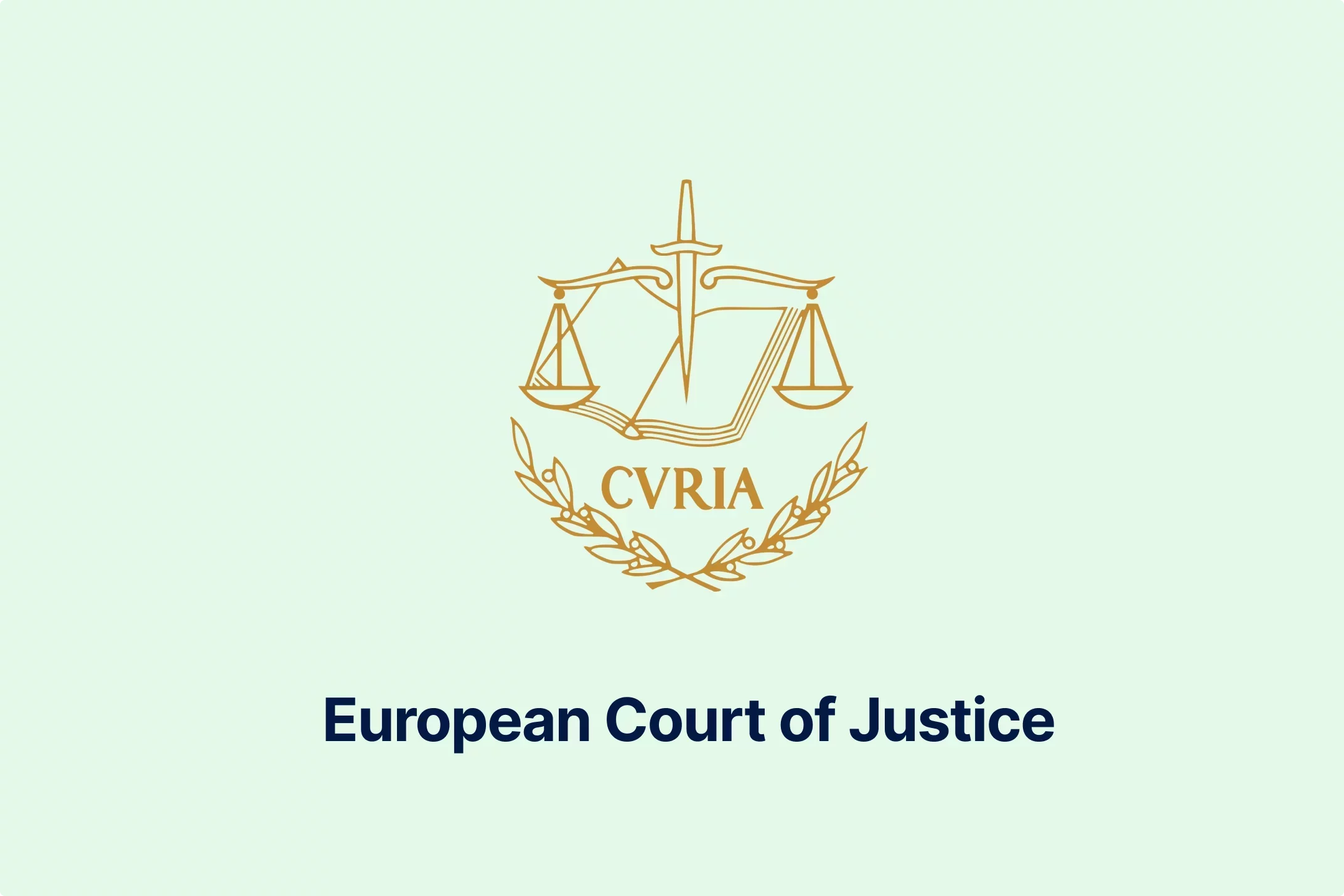


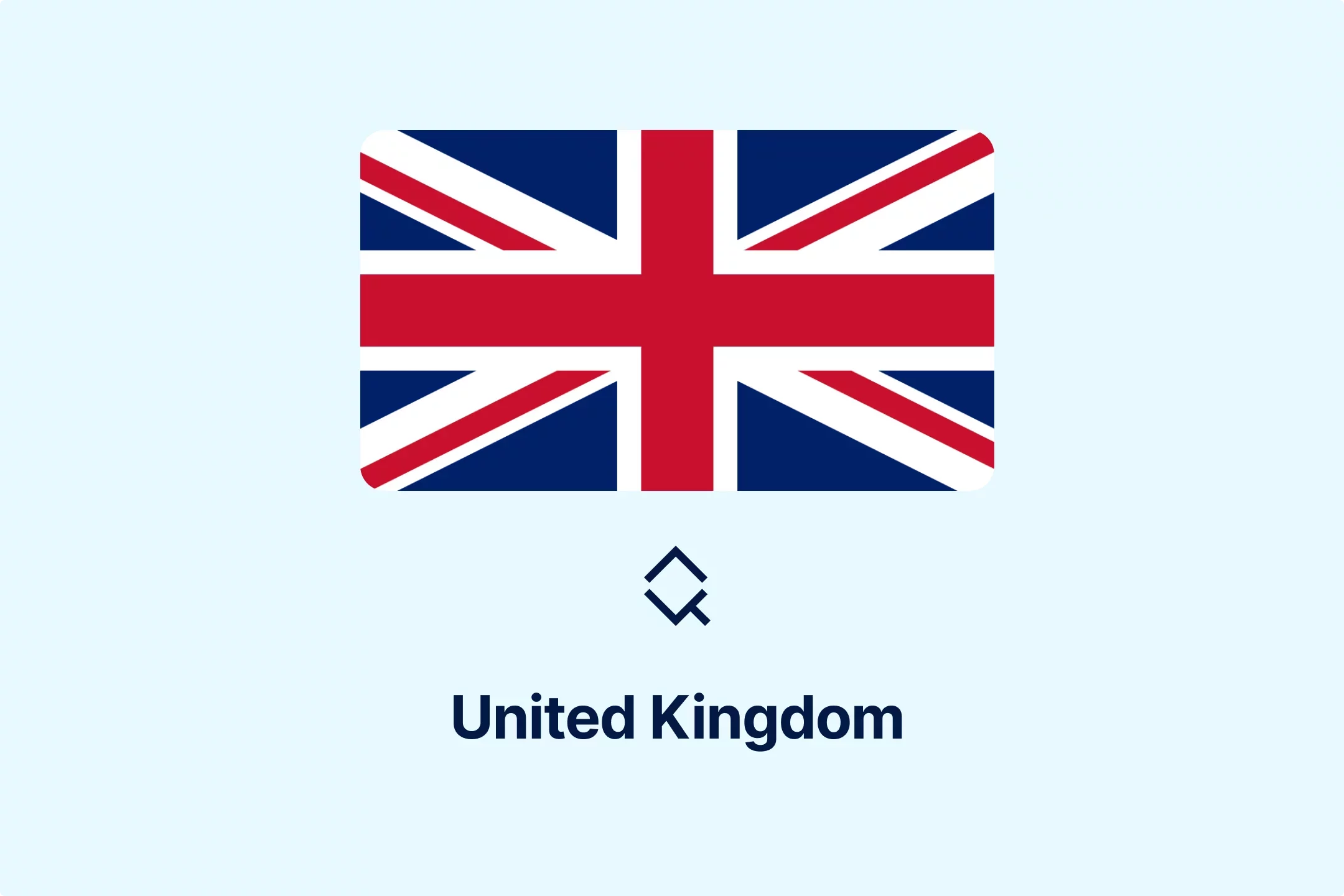
-zp2n6zixoa.webp)
-oa1ynbm4sn.webp)

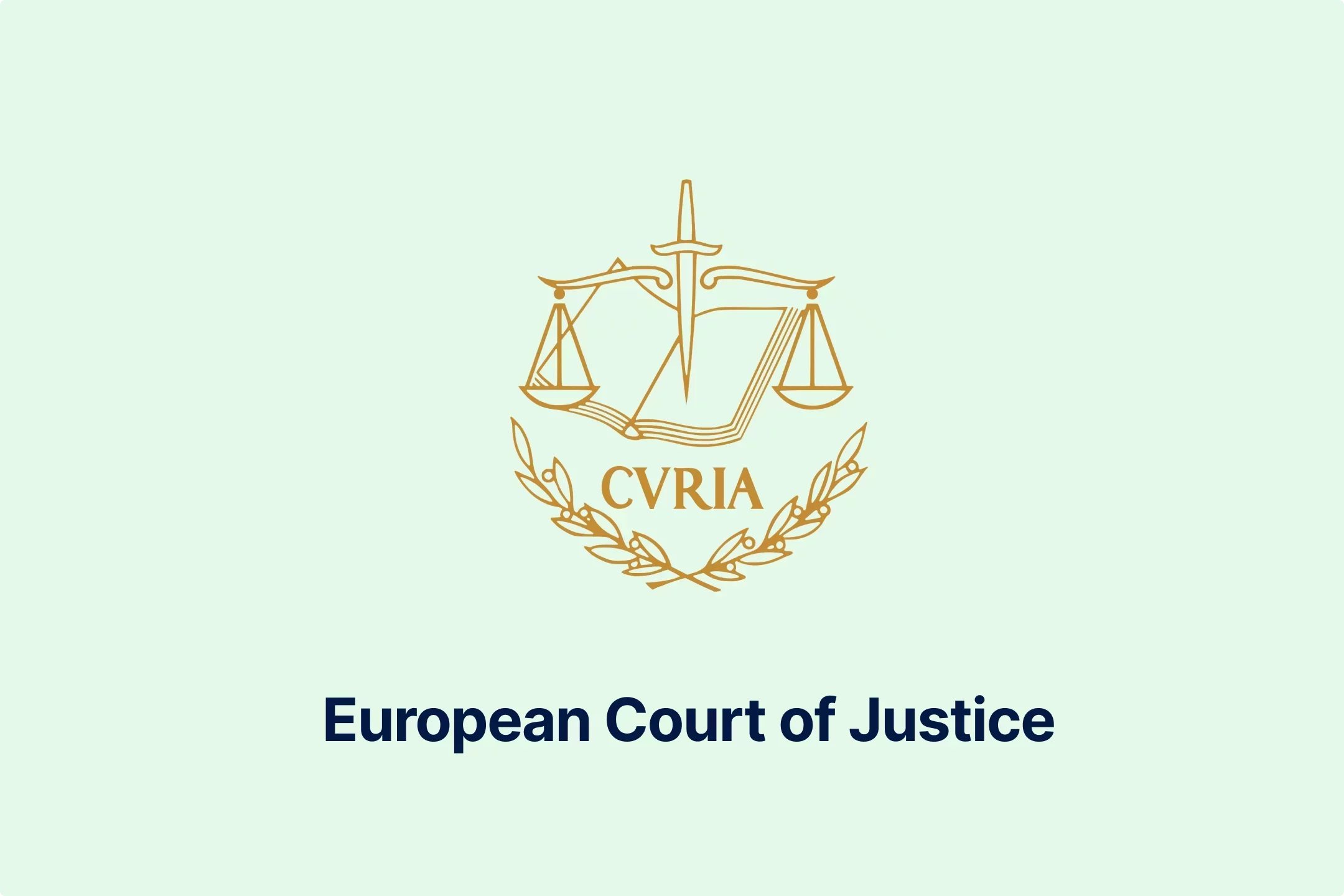
-lltkno6txy.webp)


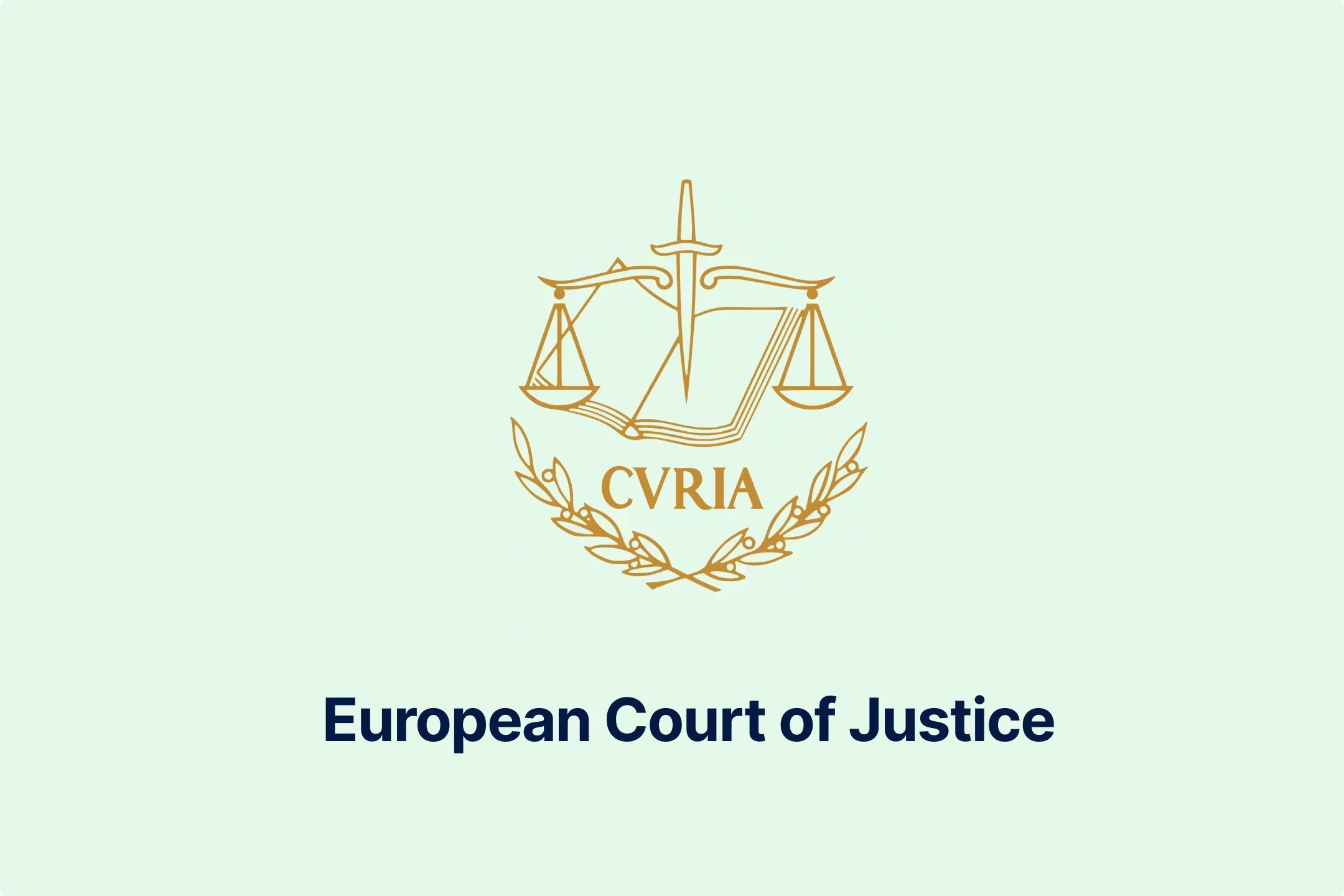
-do38odrqnq.webp)
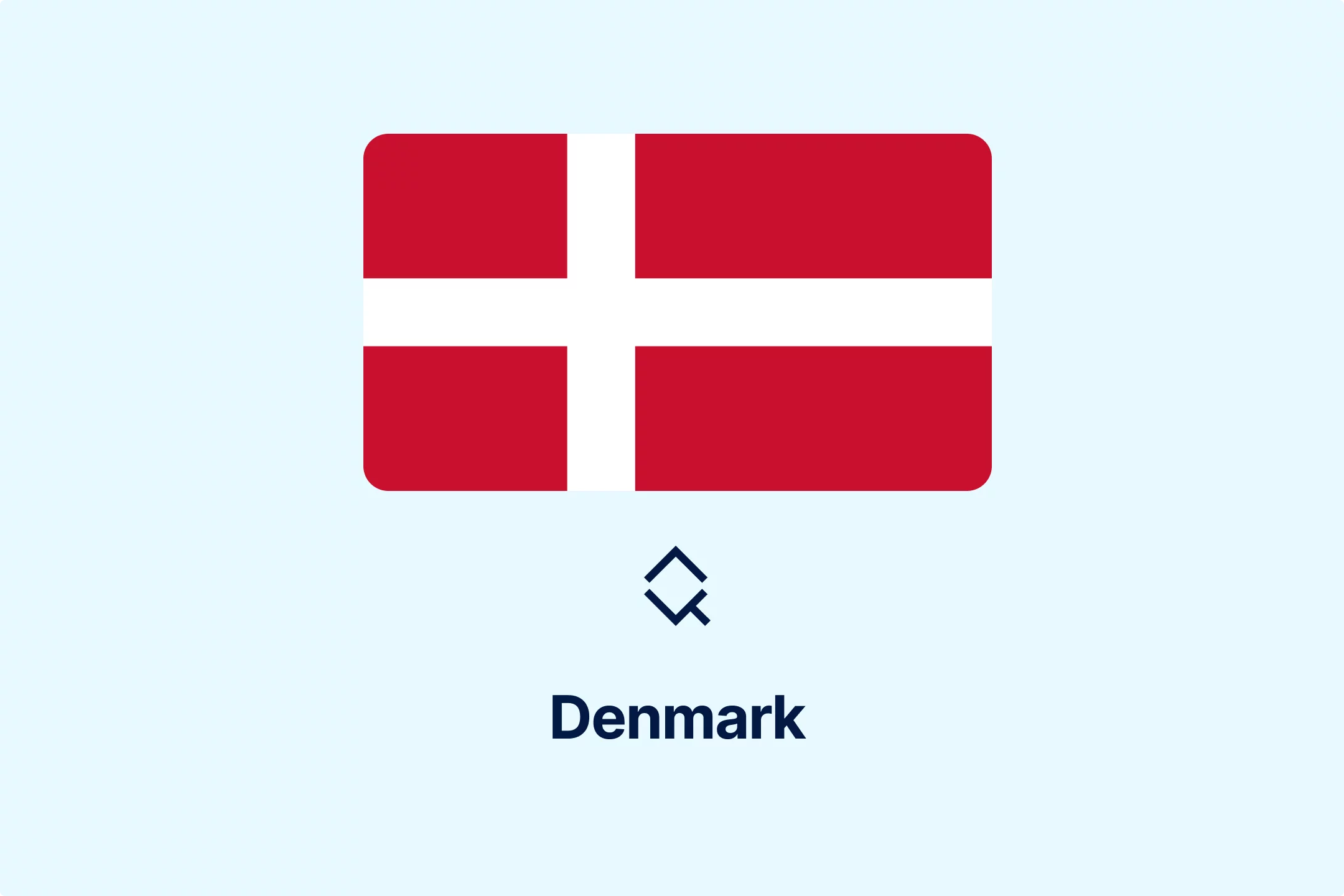
-t409oldqzt.webp)
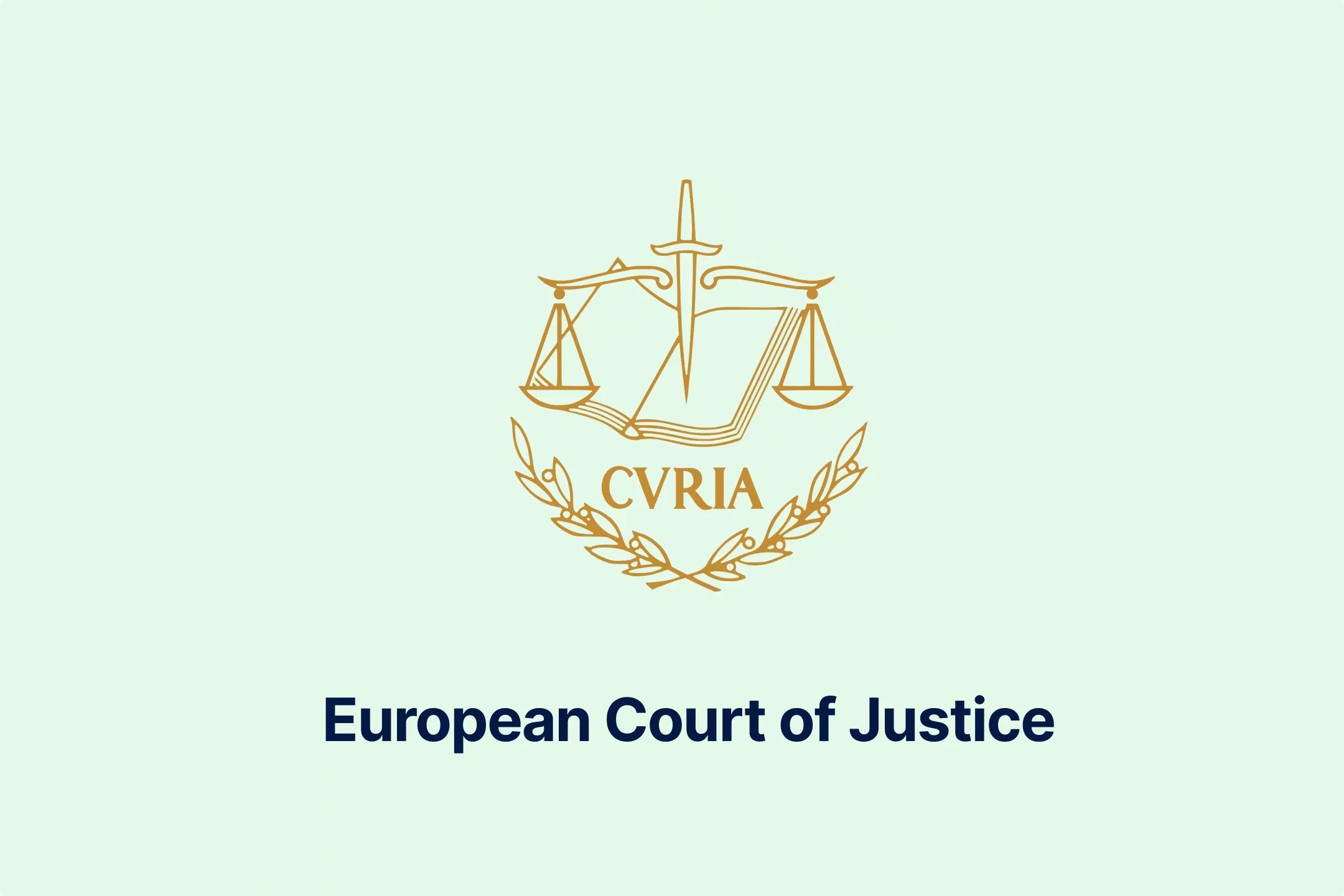
-hordopb6xh.webp)
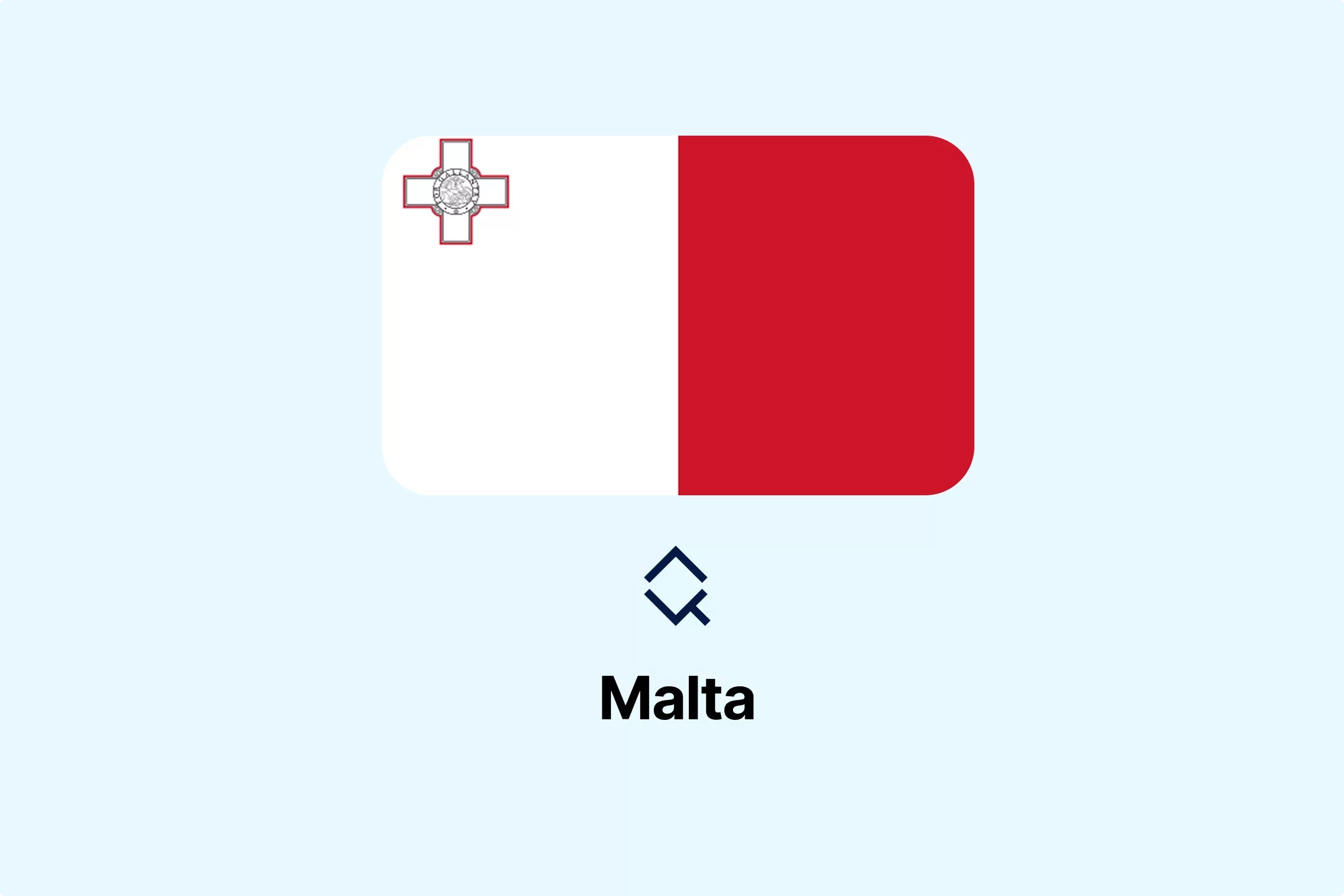
-ooimnrbete.webp)
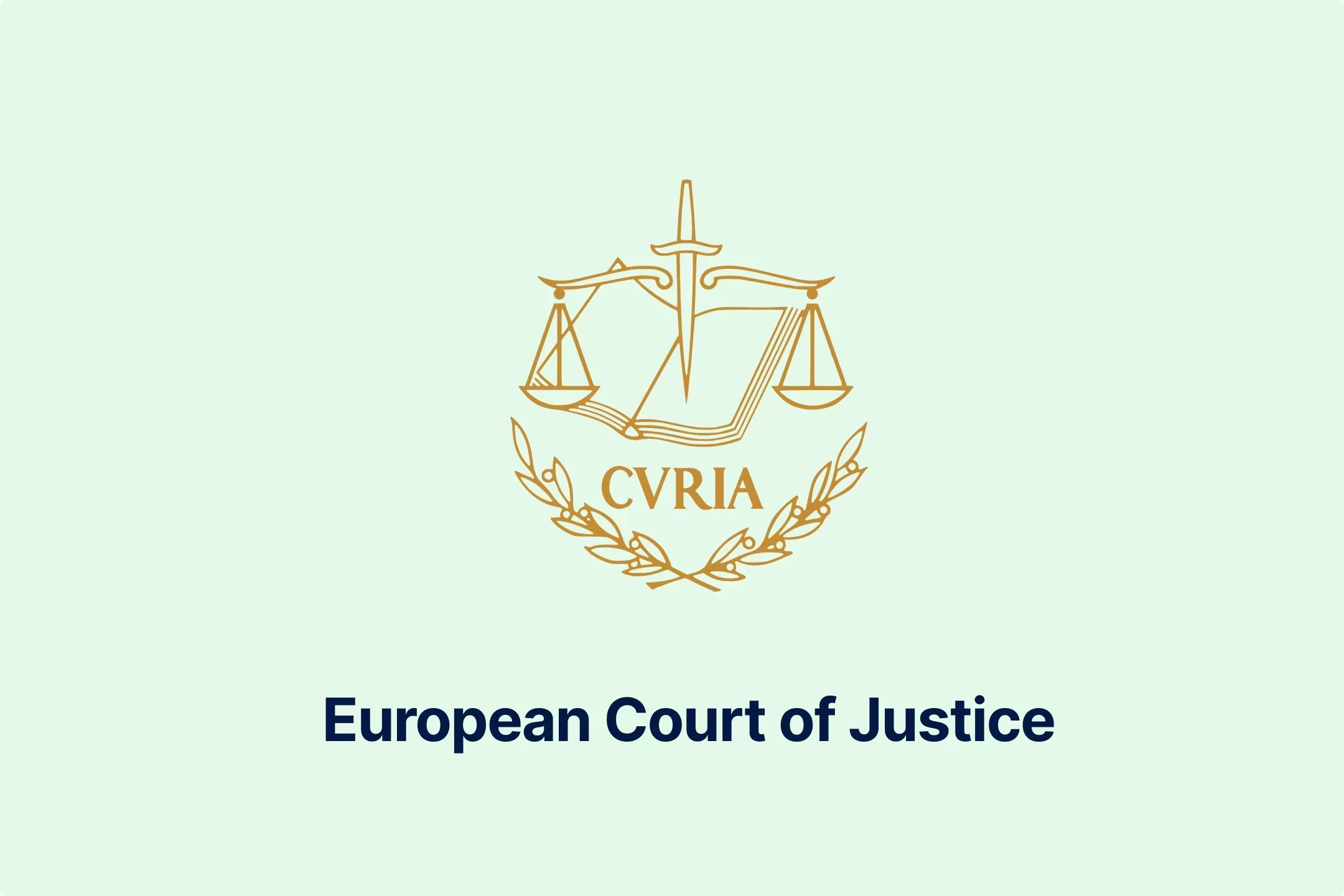
-lwb5qpsily.webp)
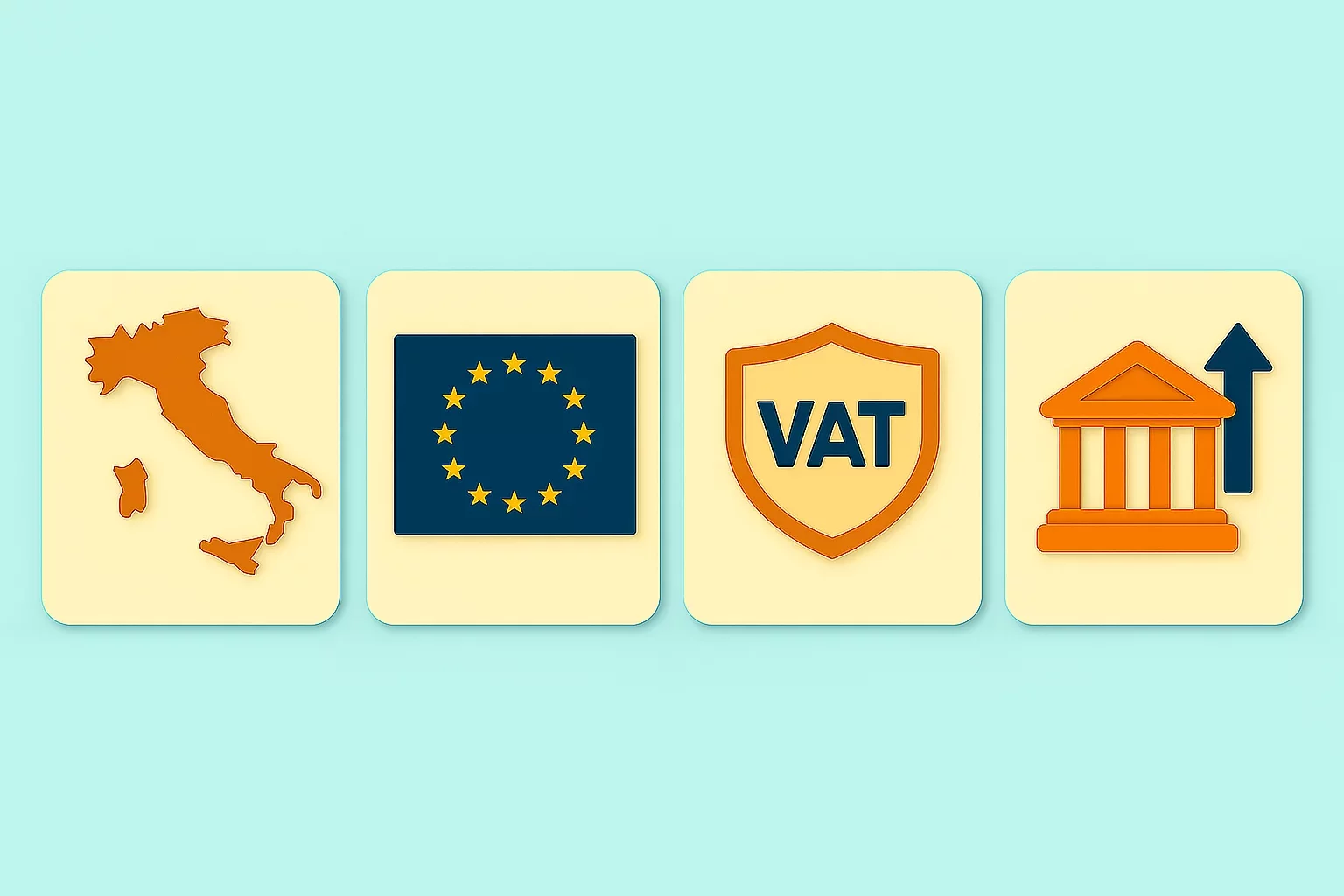

-eumafizrhm.webp)

-mtqp3va9gb.webp)

-3ewrn1yvfa.webp)
-591j35flz2.webp)
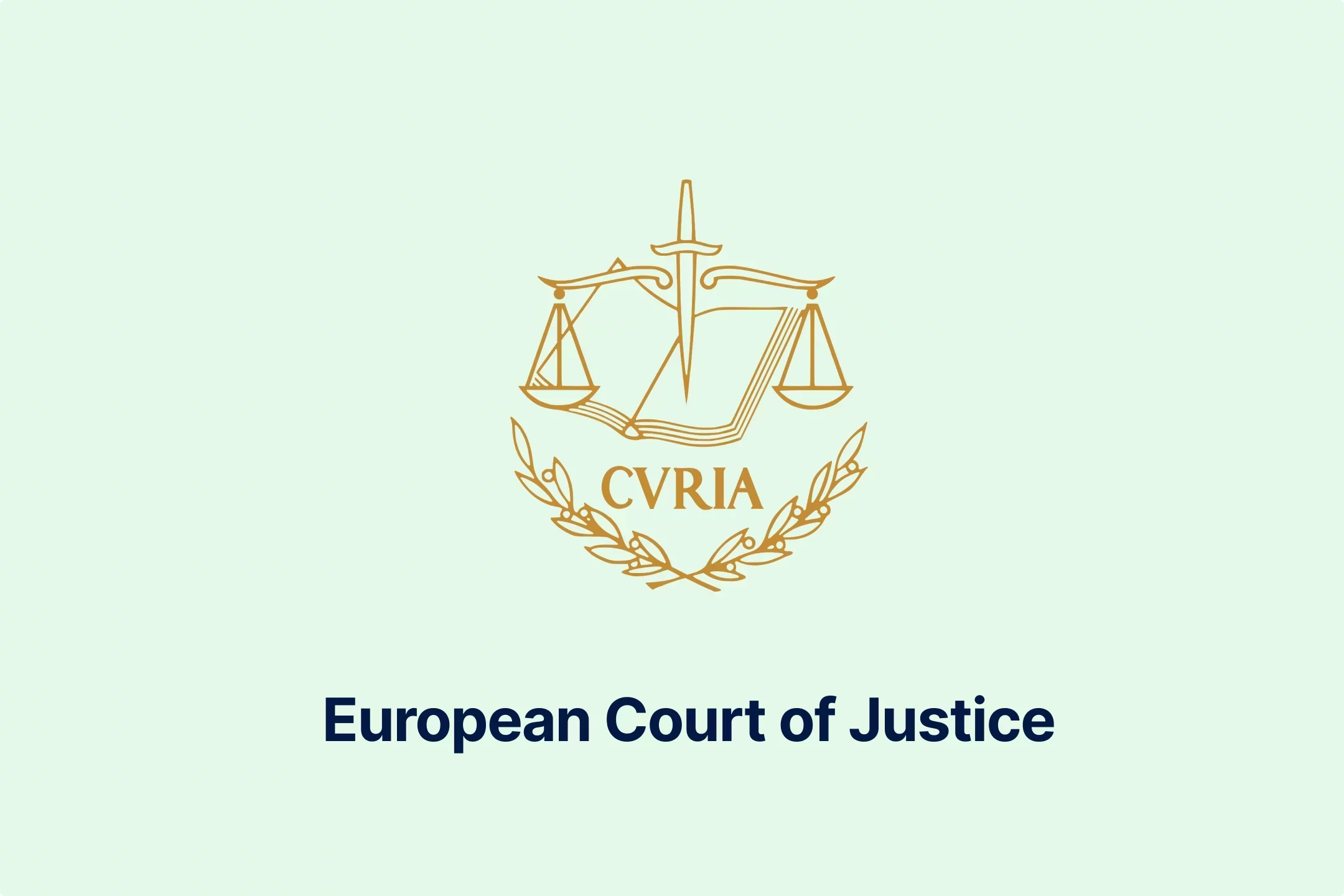
-huj3cam1de.webp)

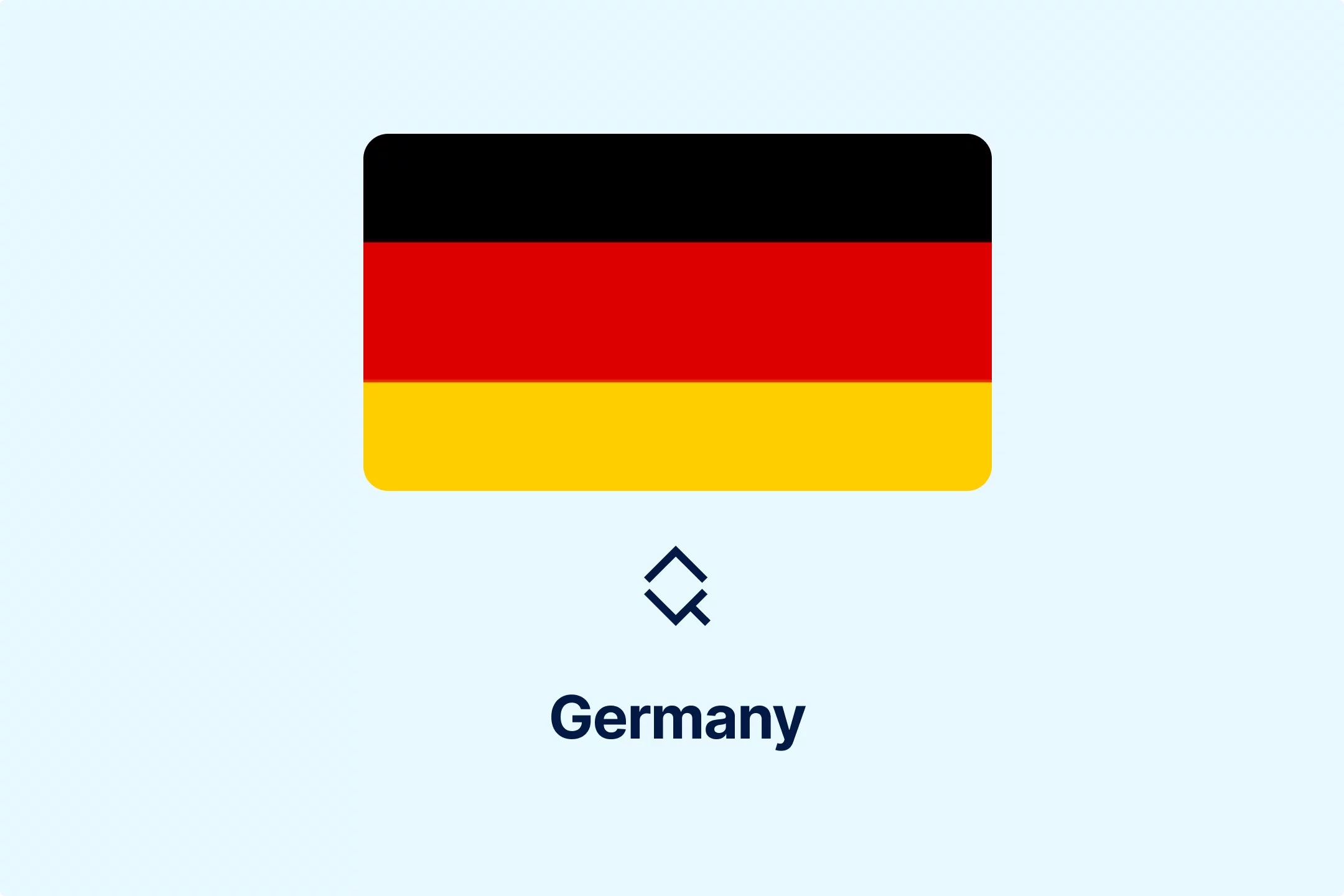
-hafis0ii23.webp)
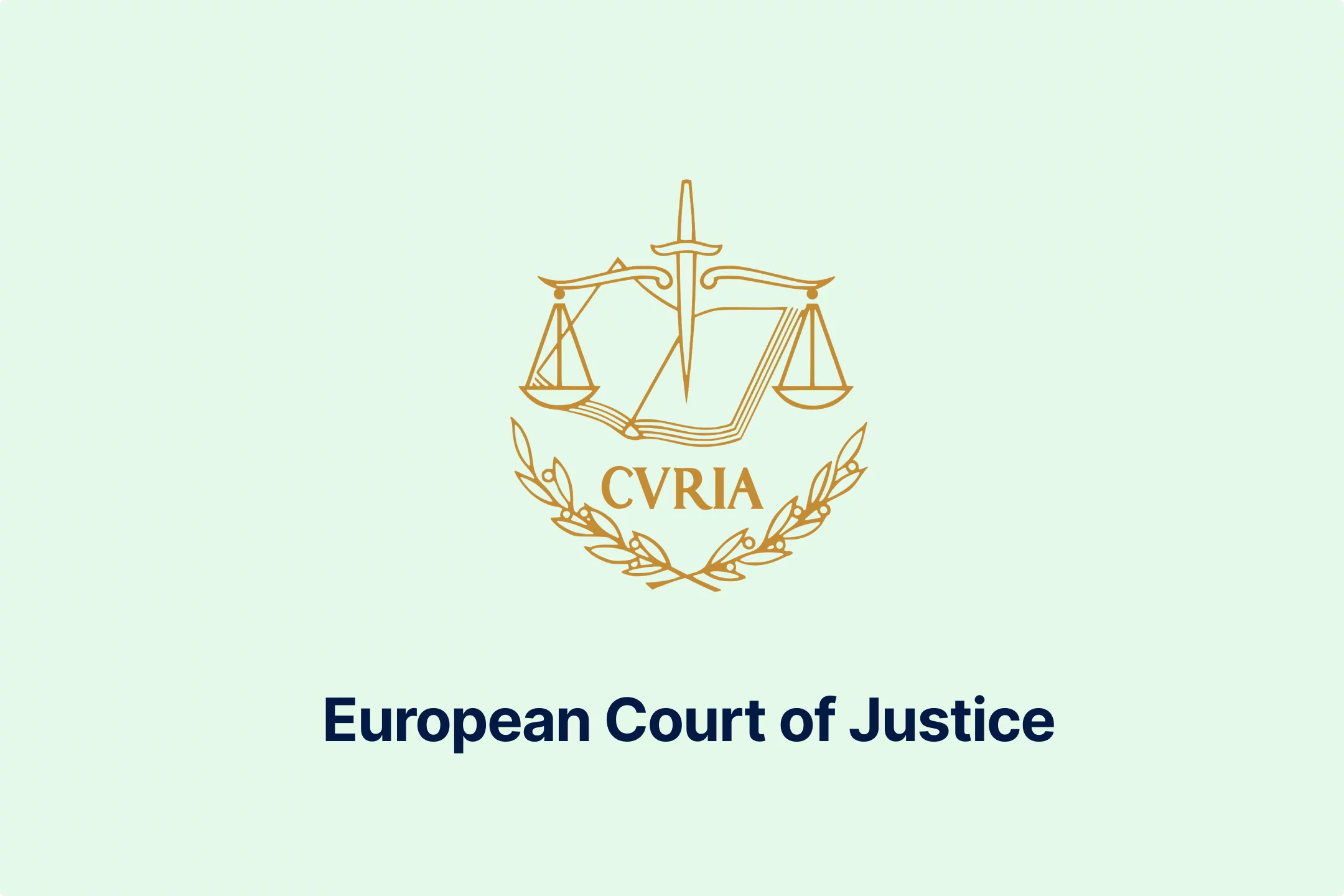
-qseaw5zmcy.webp)



-qzsah2ifqx.webp)
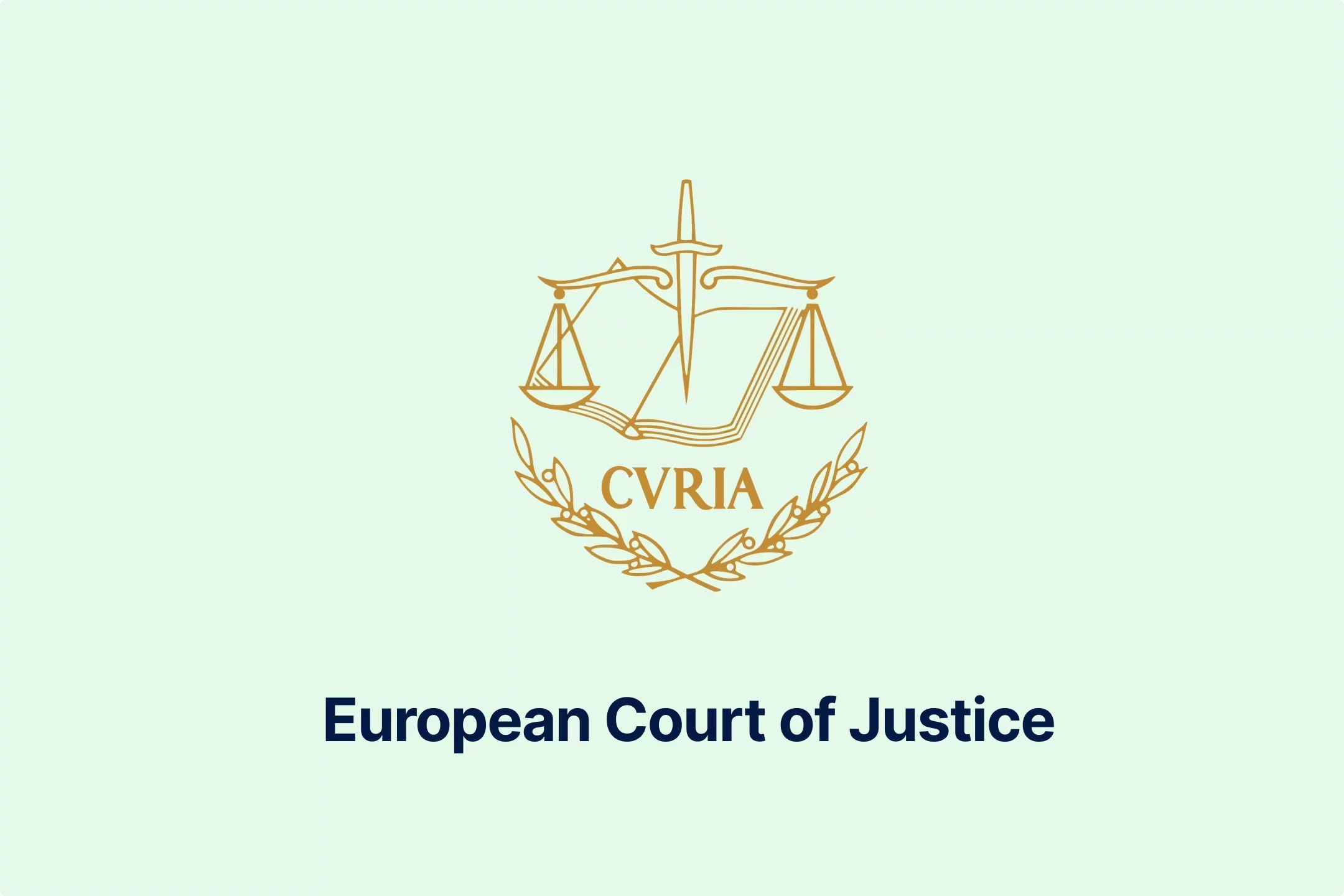
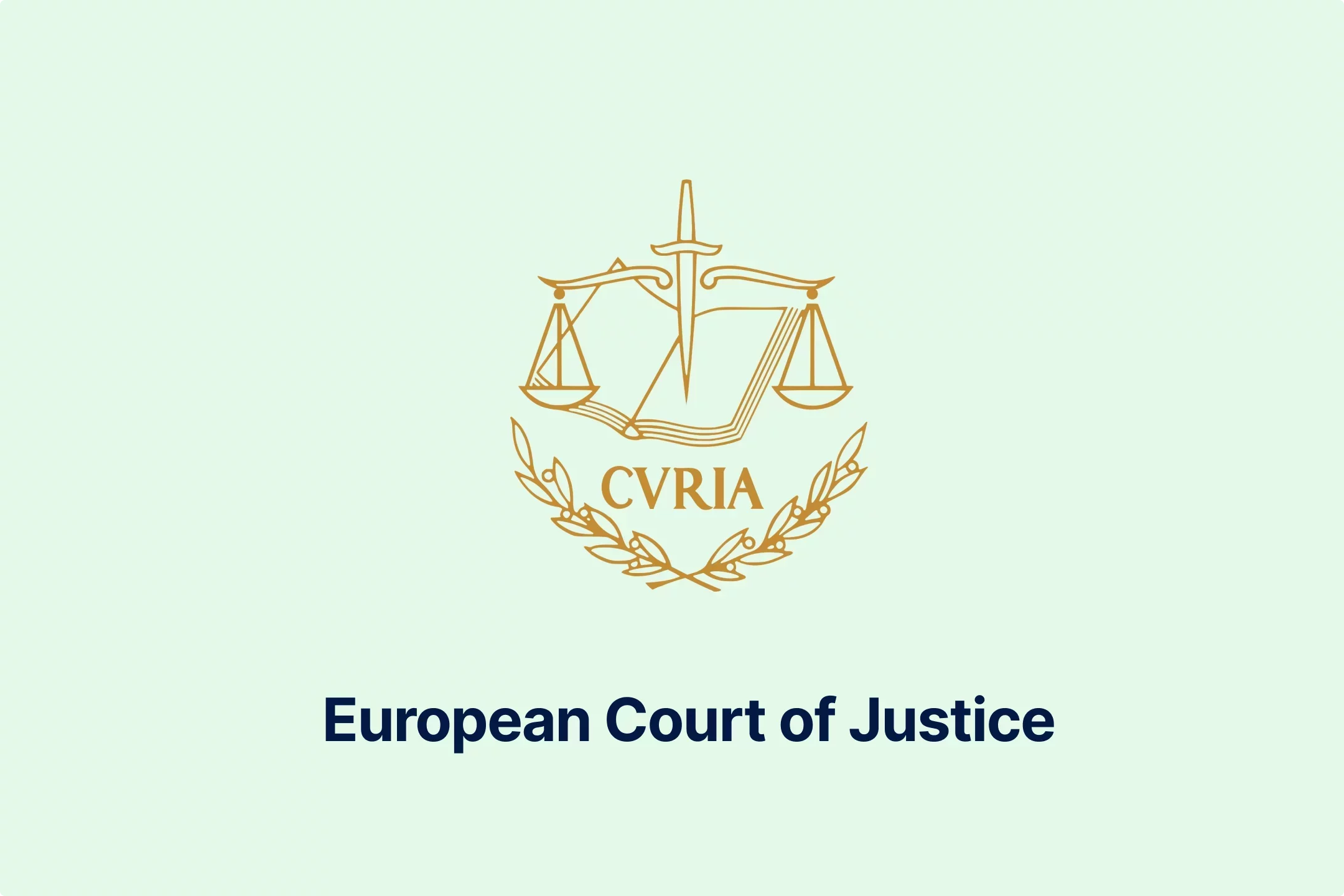
-69rzooghib.webp)
-wrvng98m0g.webp)
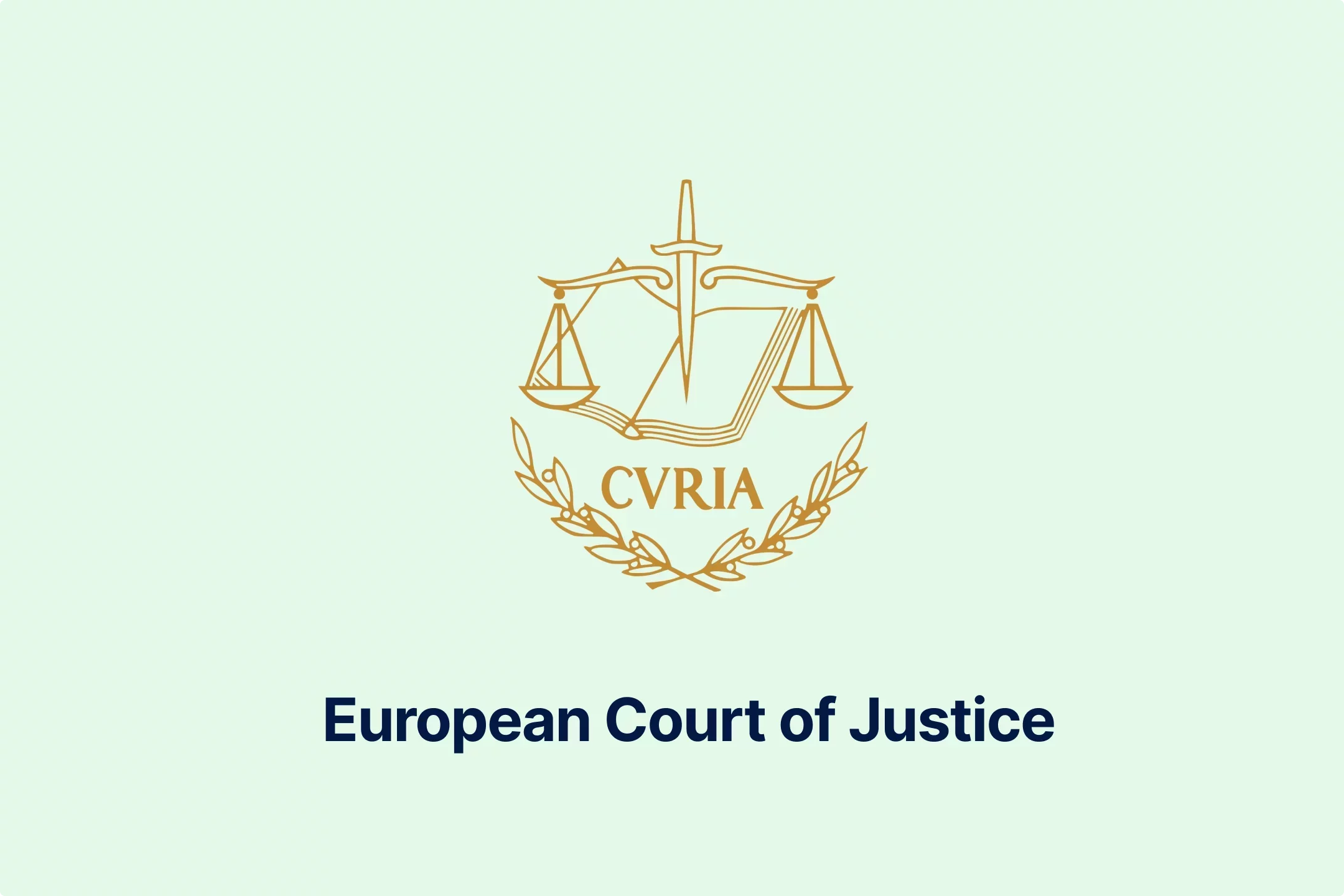
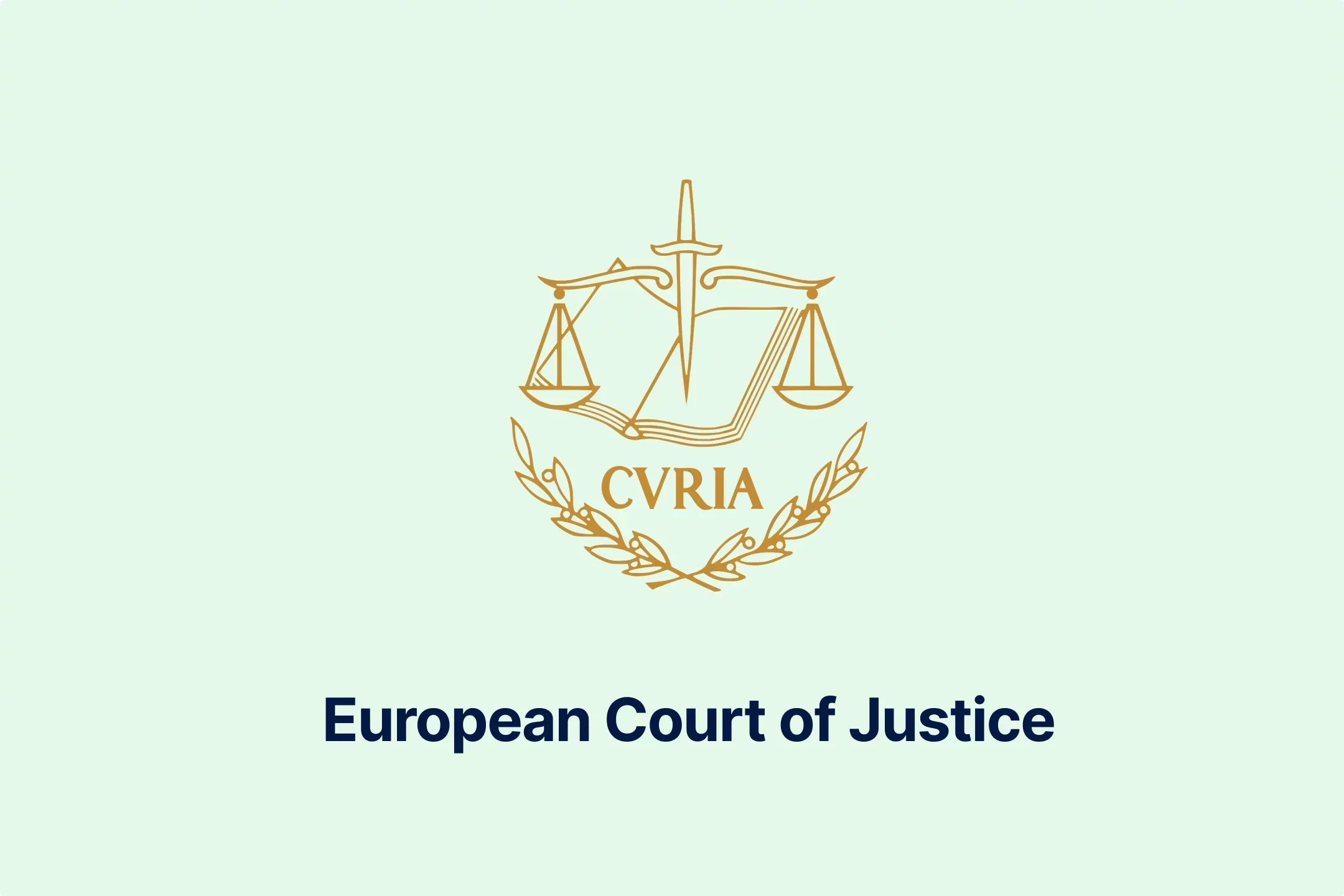
-psucycuxh2.webp)
-klyo8bn5lc.webp)




-6wv5h5eyyd.webp)
-tfgg78rbid.webp)
-a6jpv9ny8v.webp)
-qhdbapy0qr.webp)
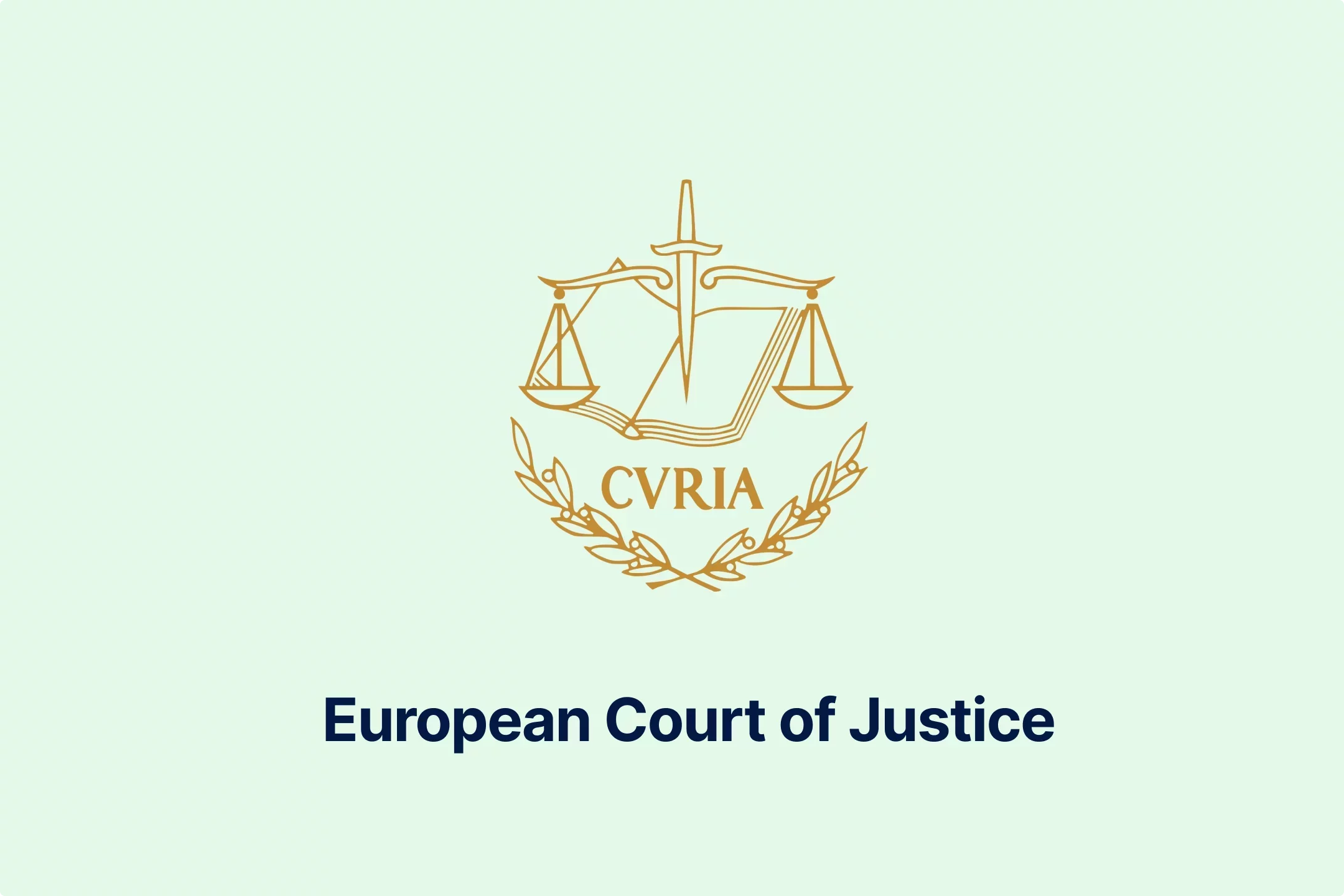
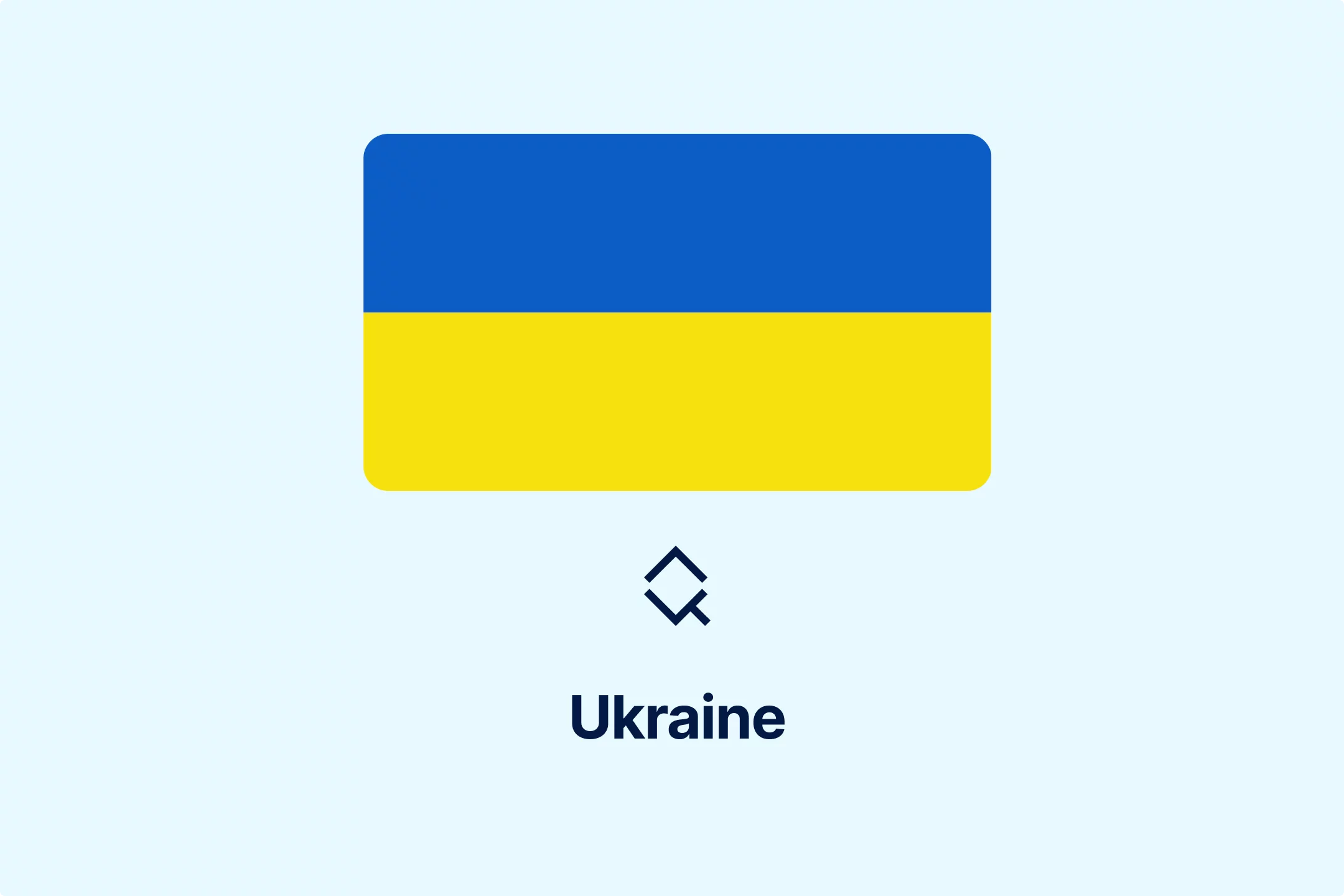
-owvu7zoc13.webp)
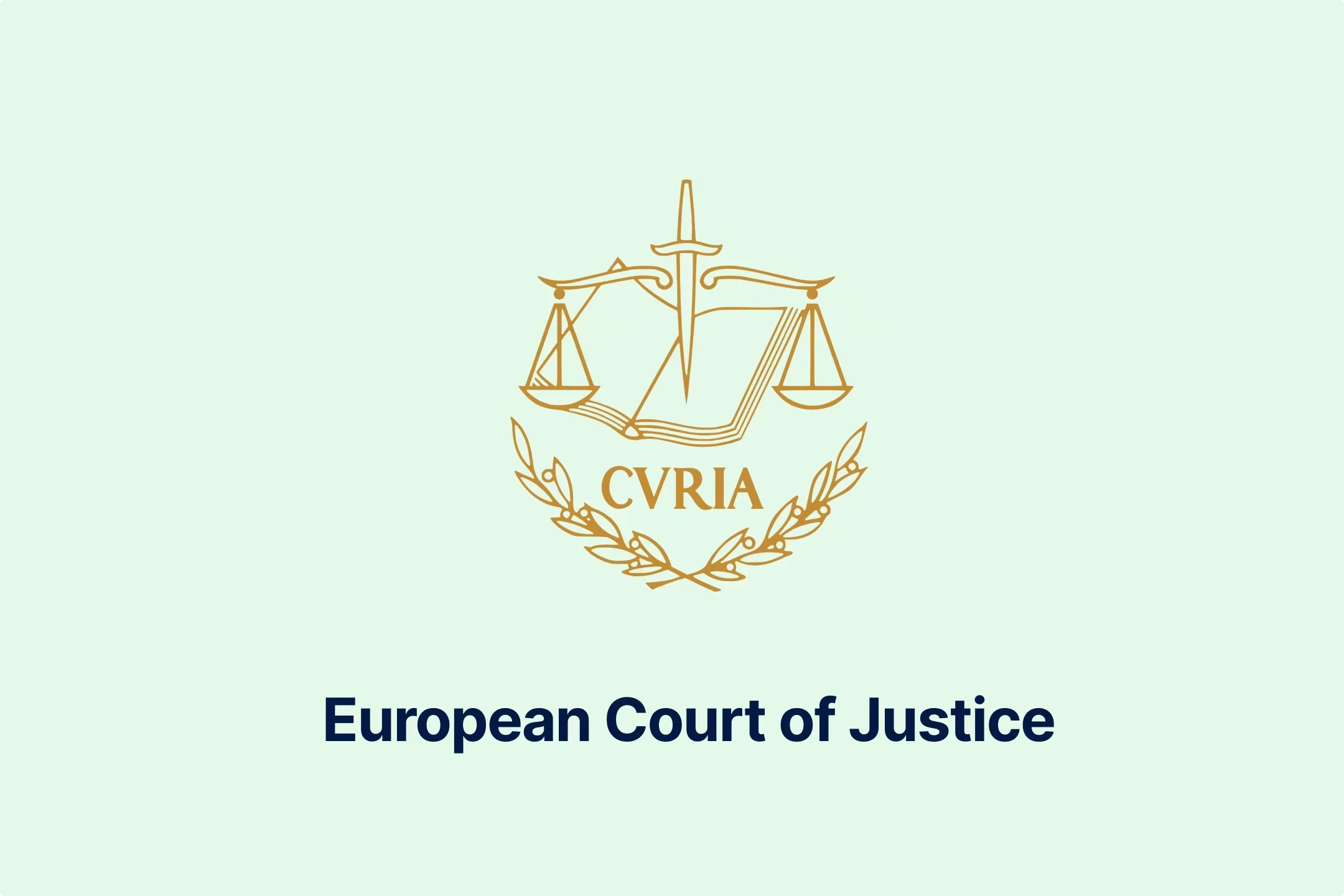

-h28jrh1ukm.webp)
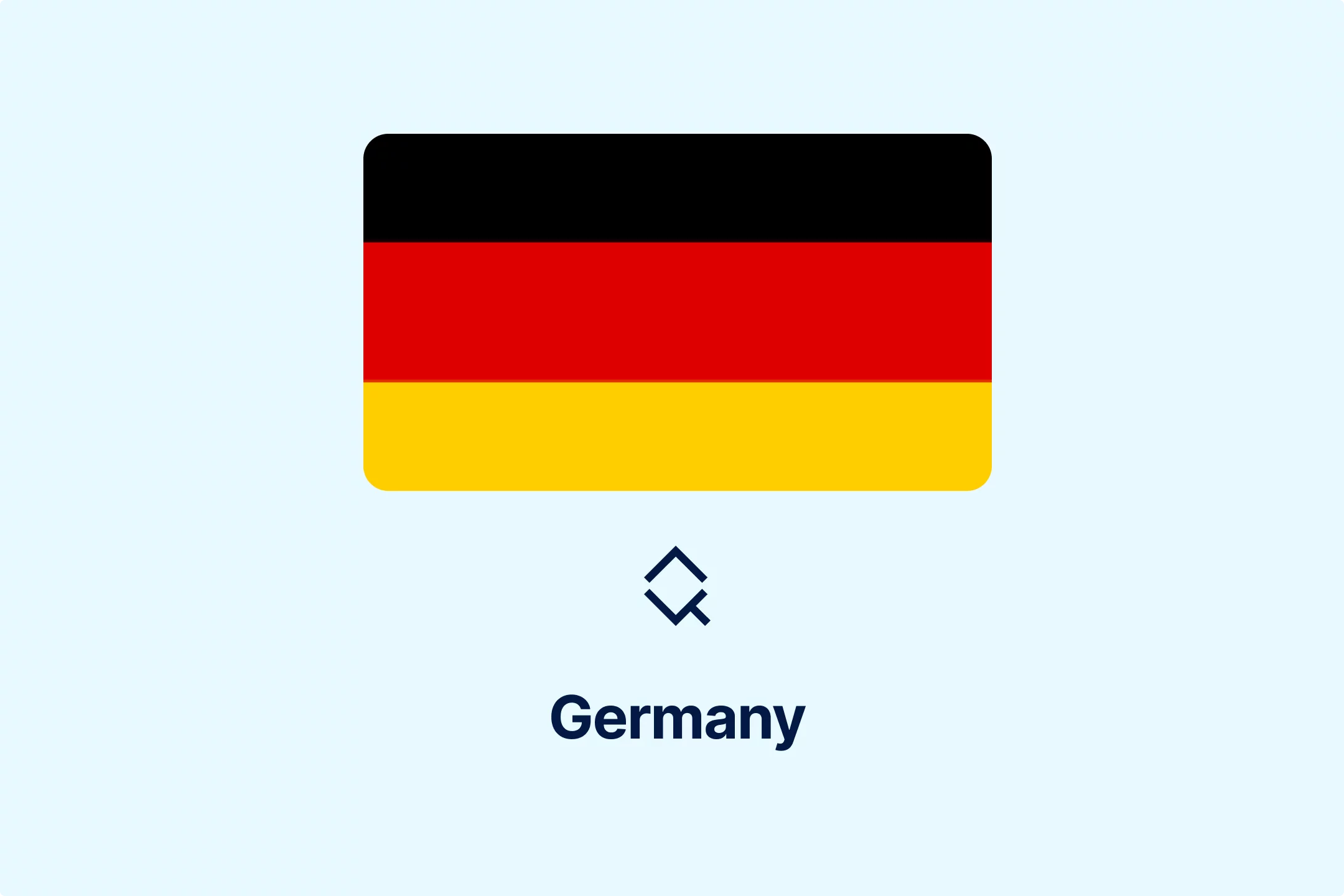
-wl9bl1rw3a.webp)
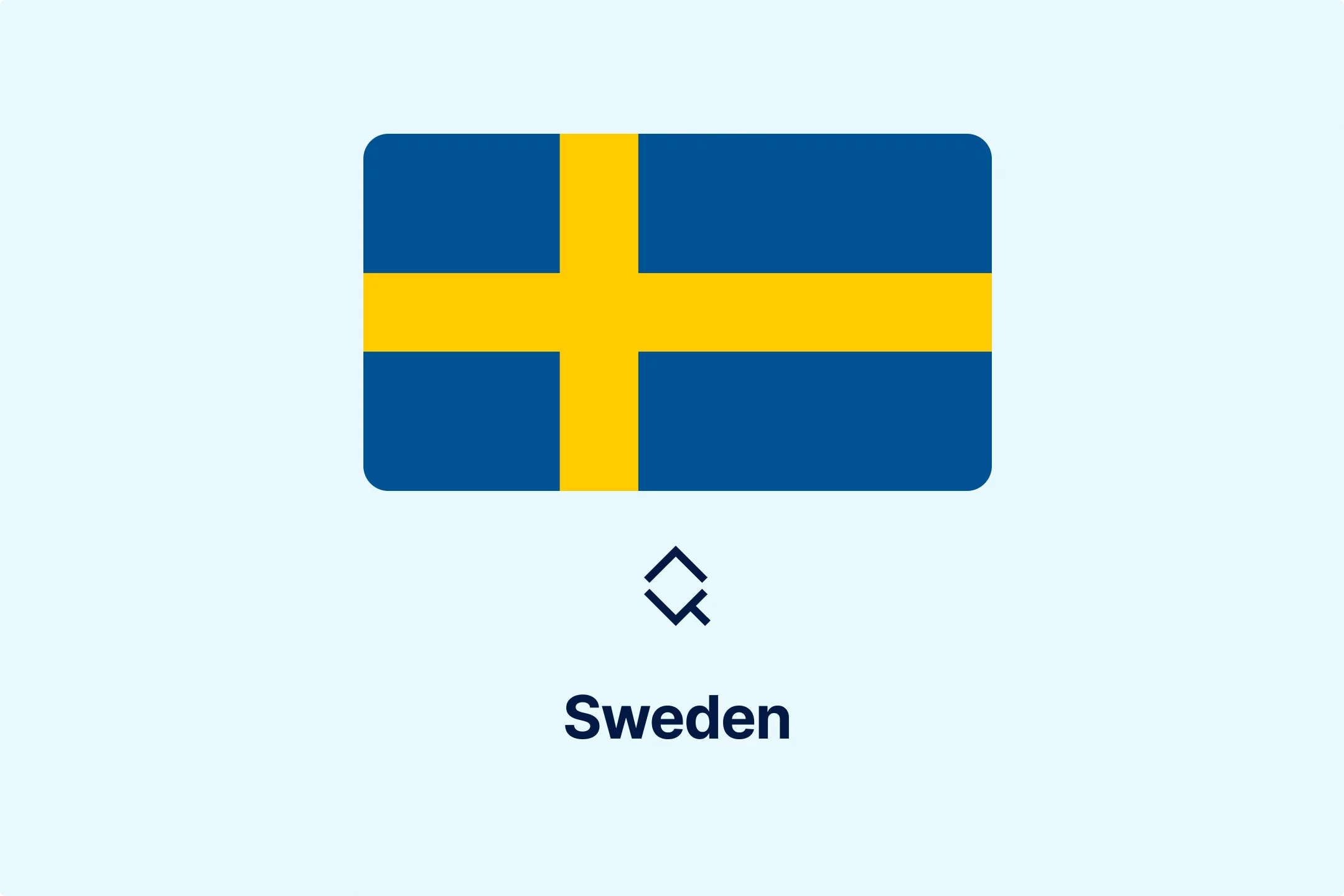
-2w76jtvtuk.webp)
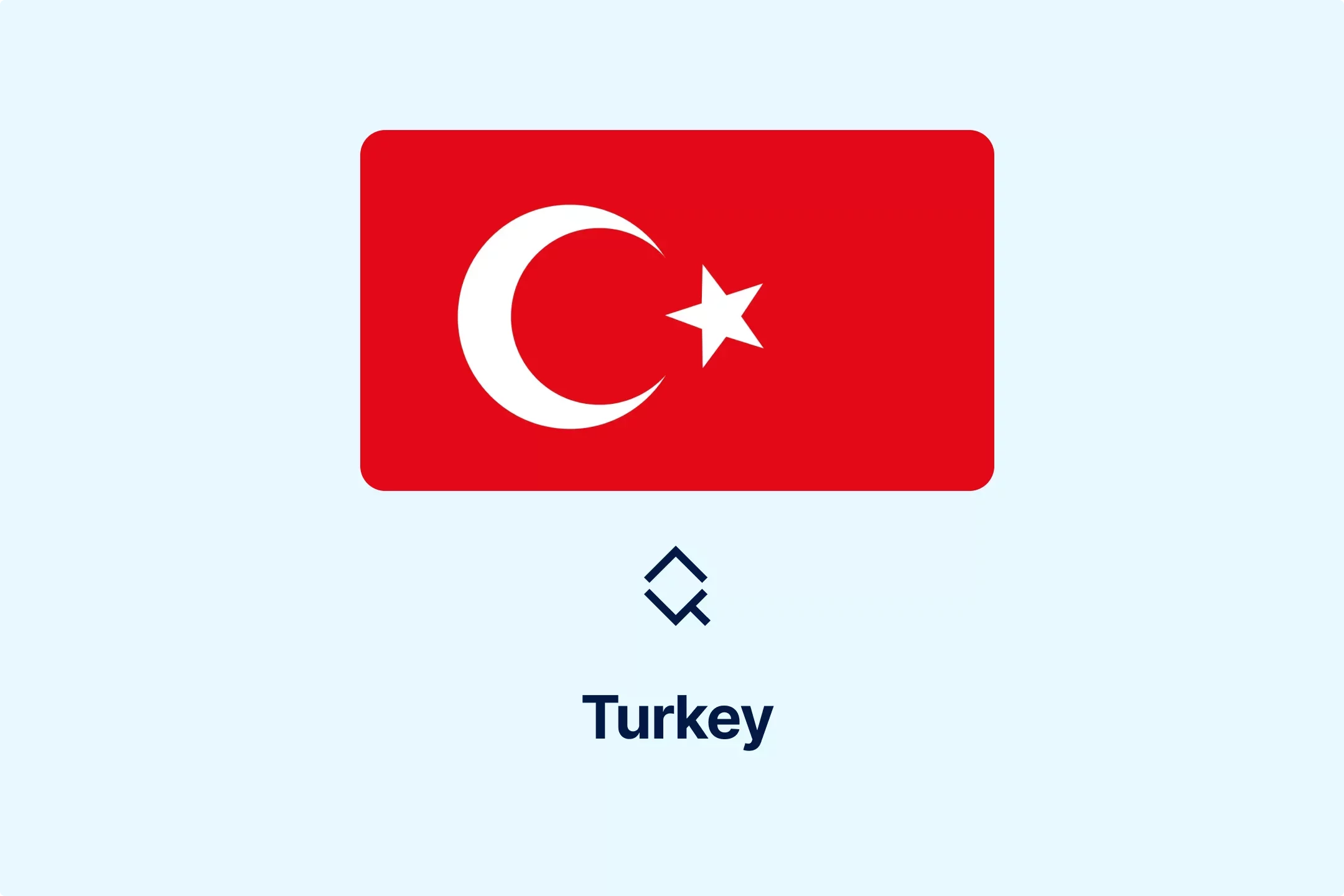
-c0uvrmrq9j.webp)
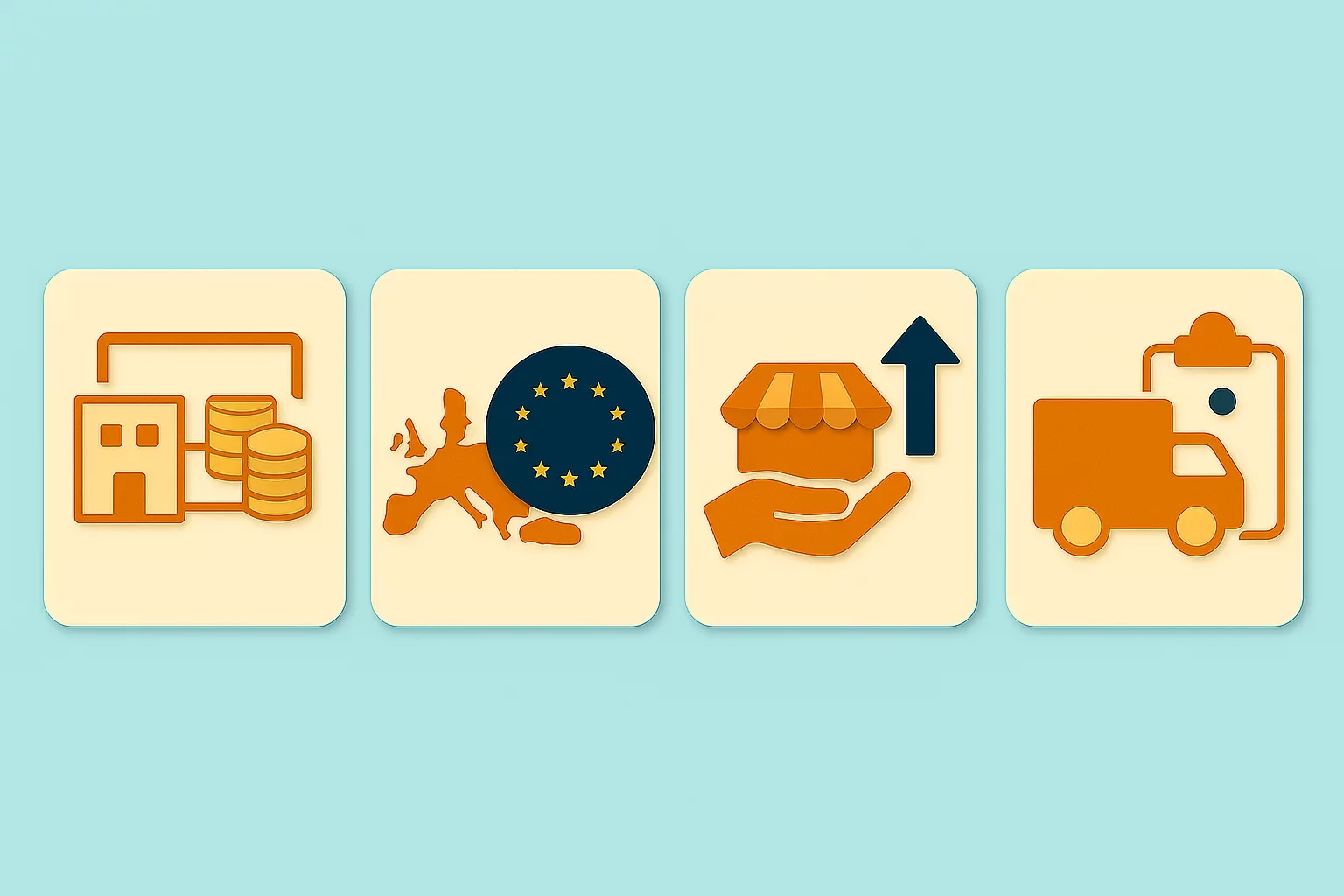
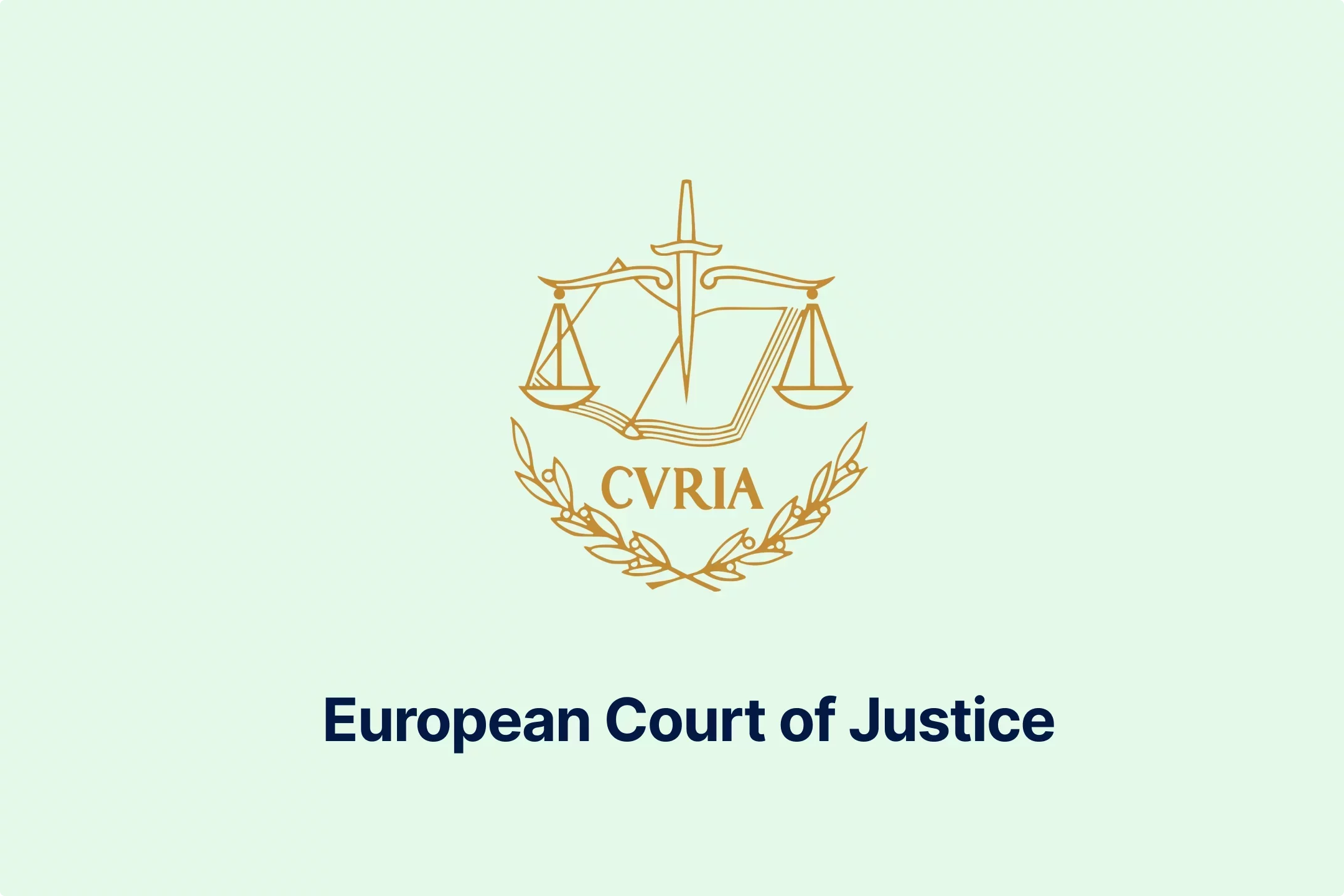
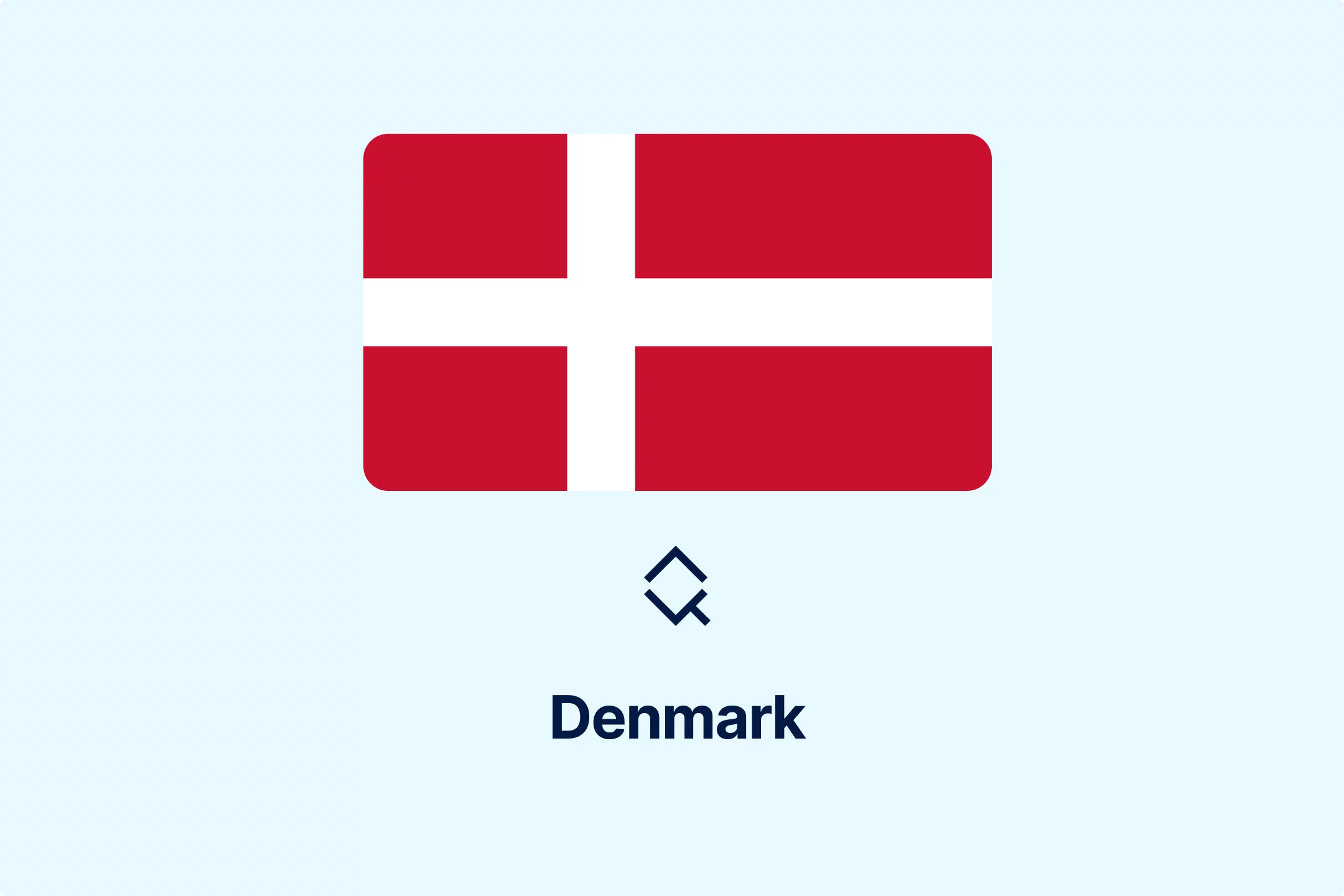
-pofe7ucwz3.webp)
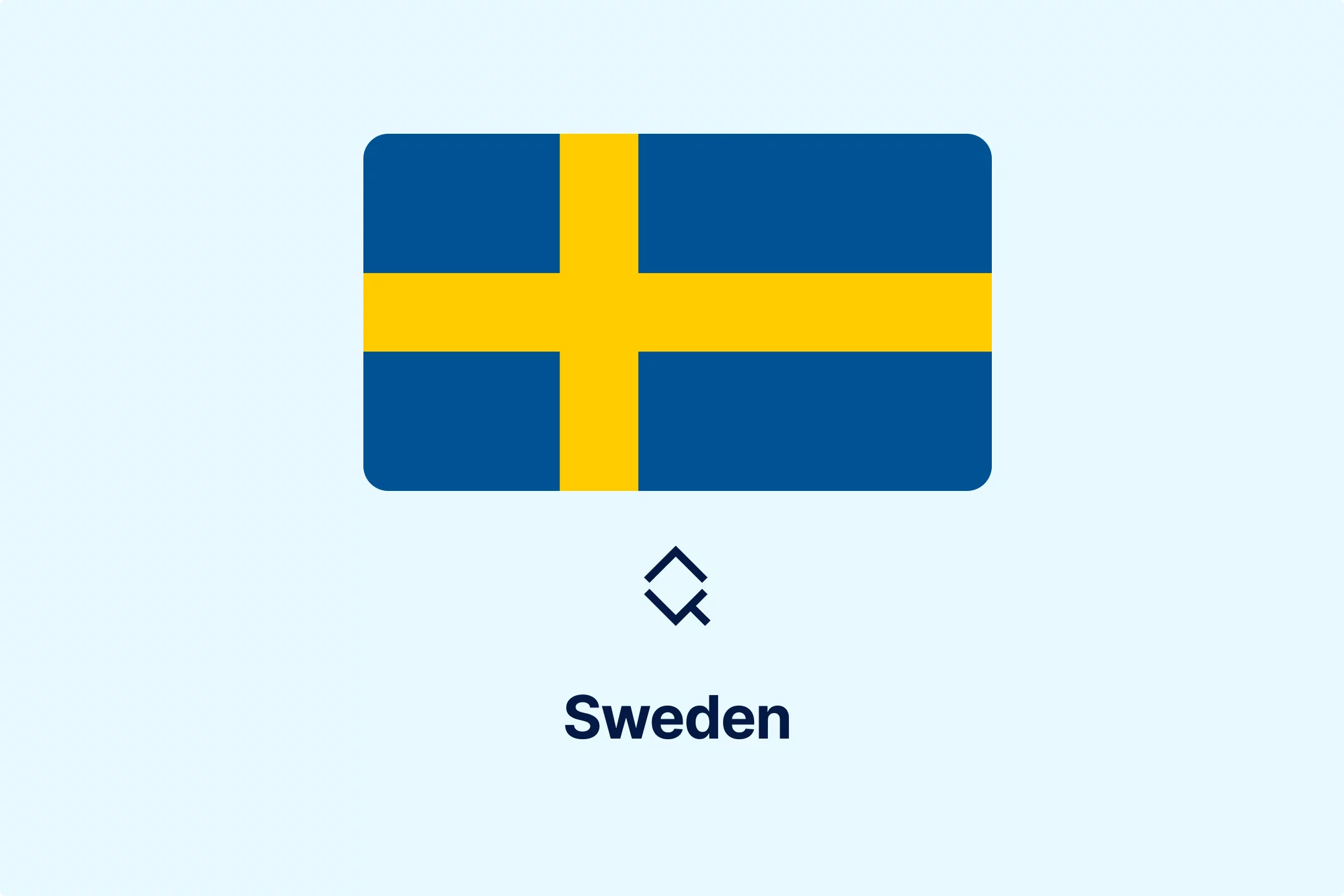

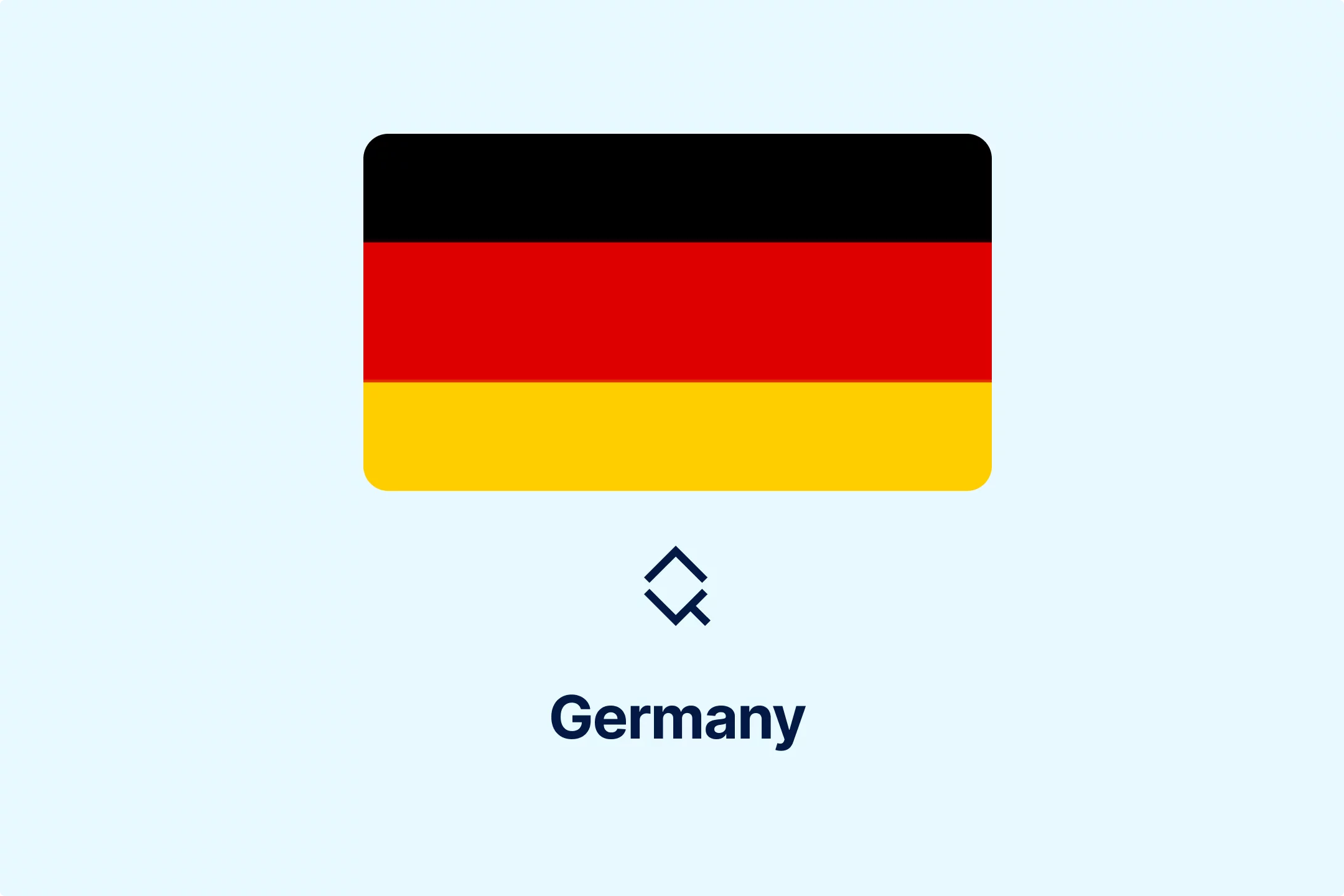
-5cc23ezxyf.webp)
-rrmabbekeb.webp)
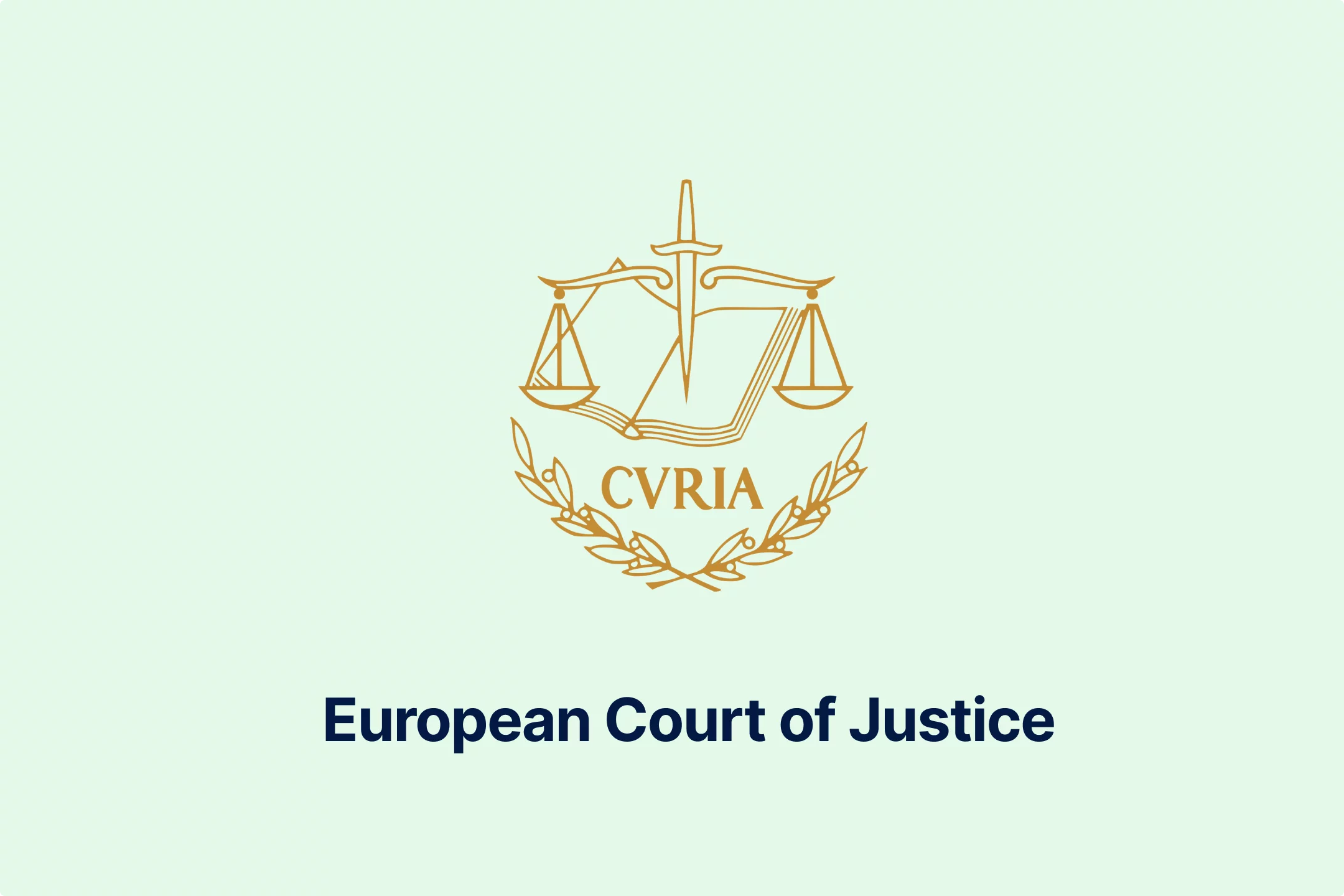
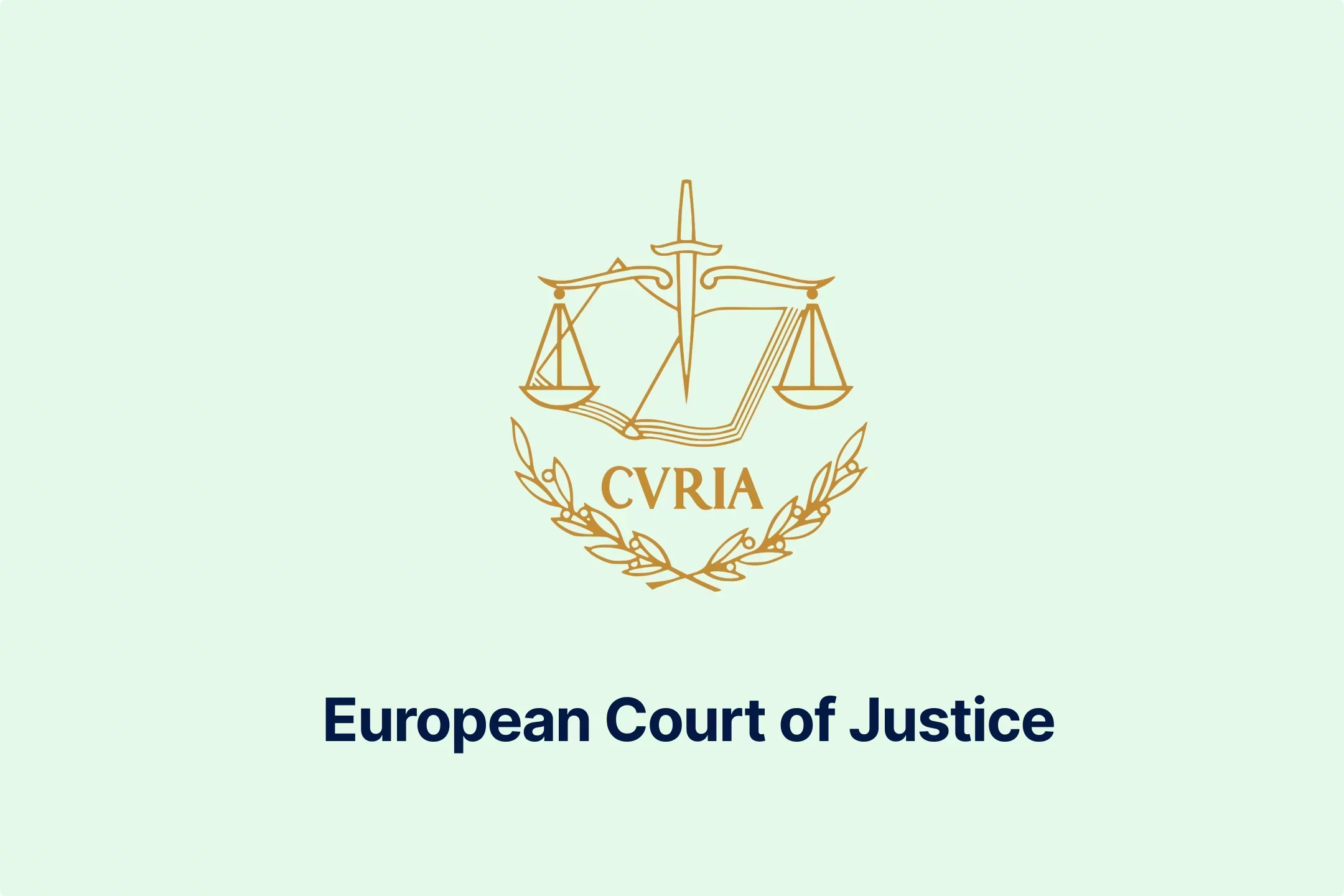
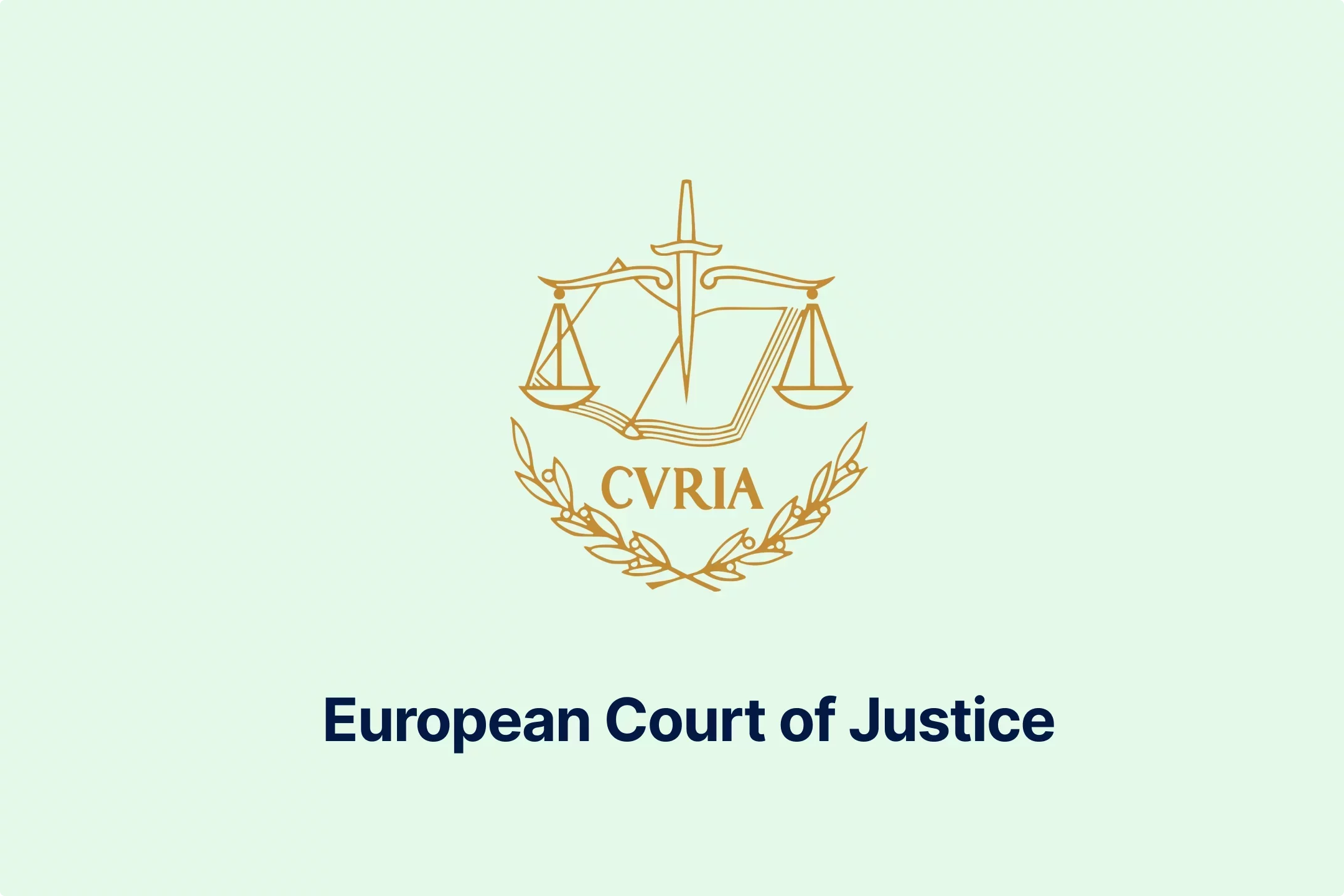
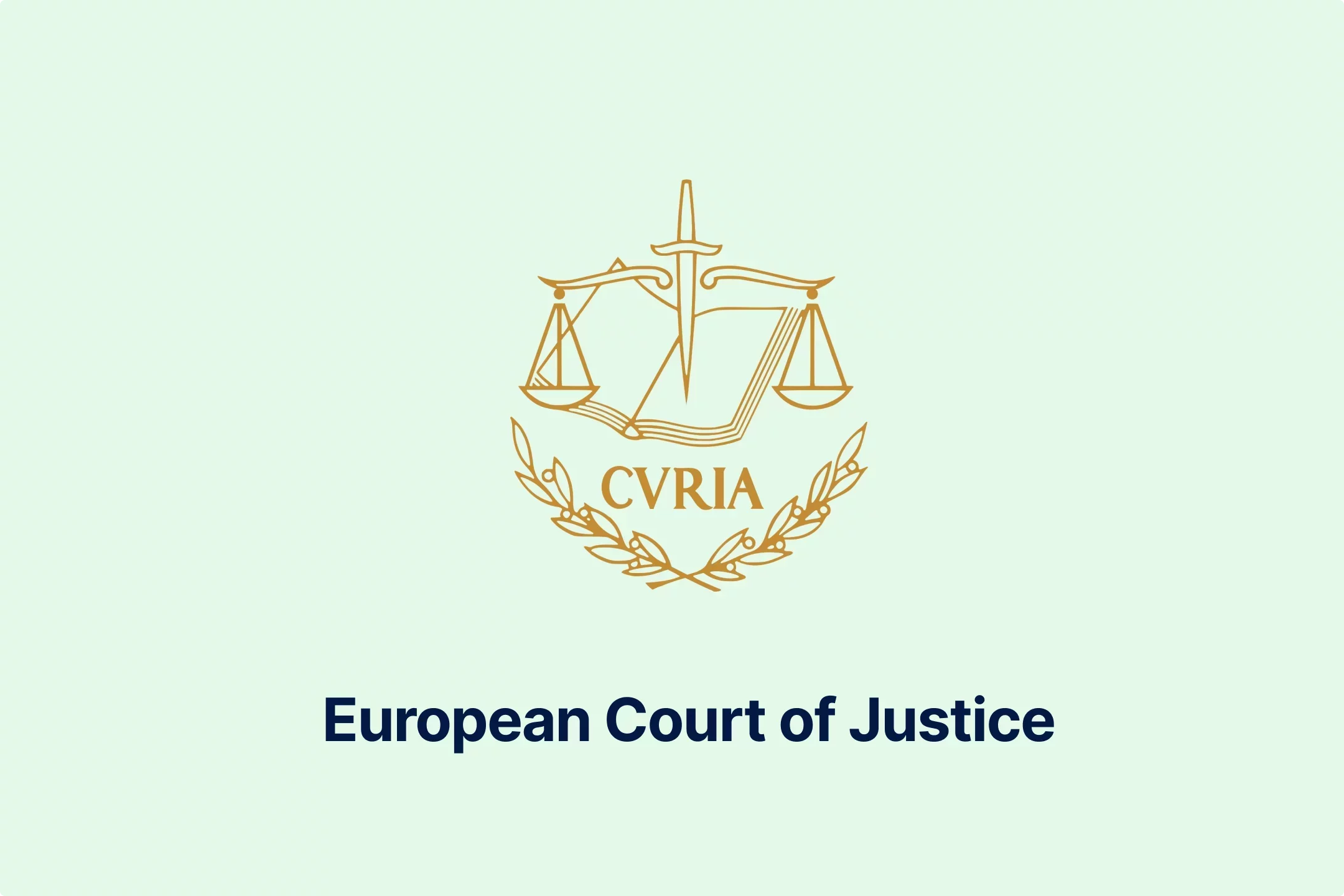
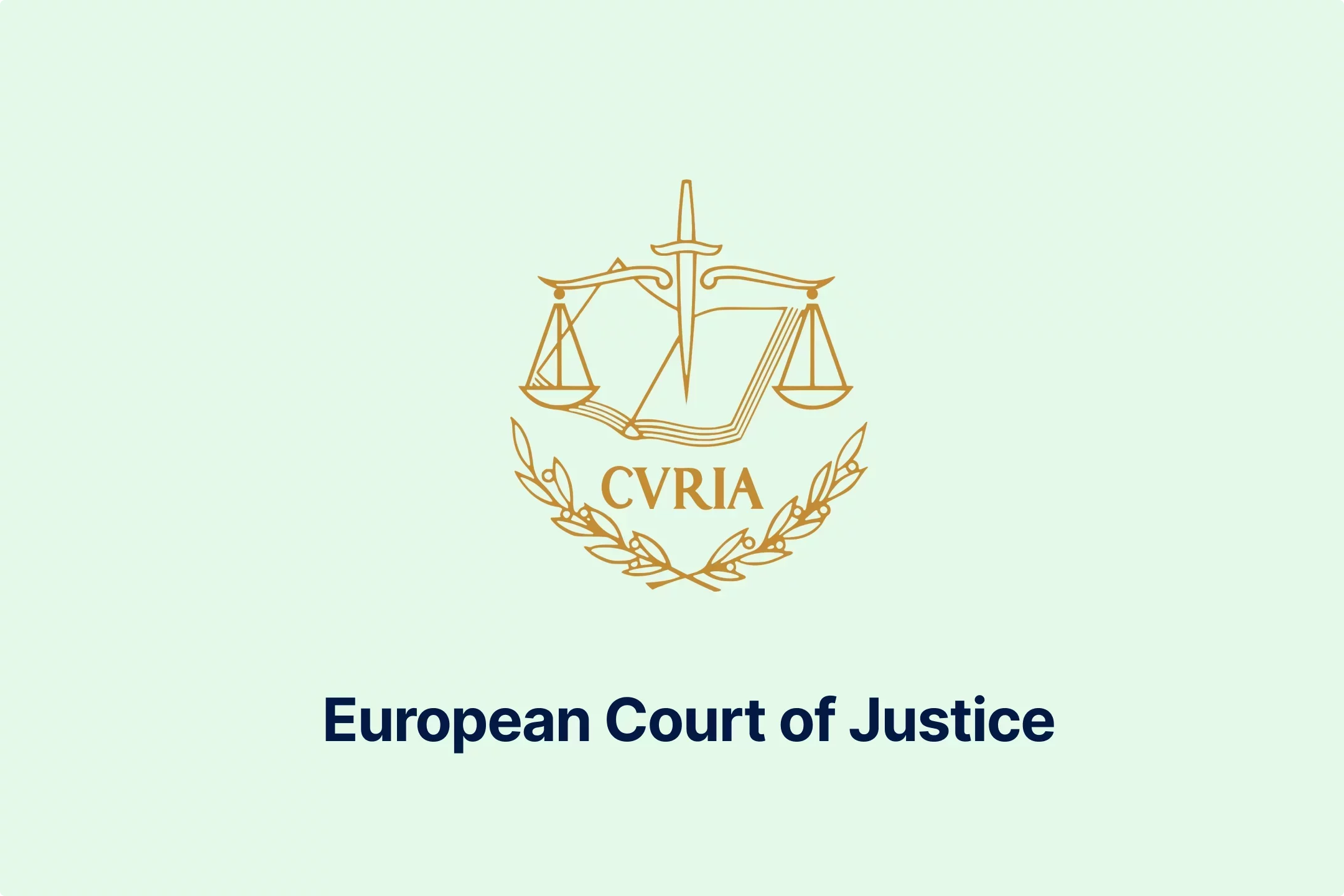


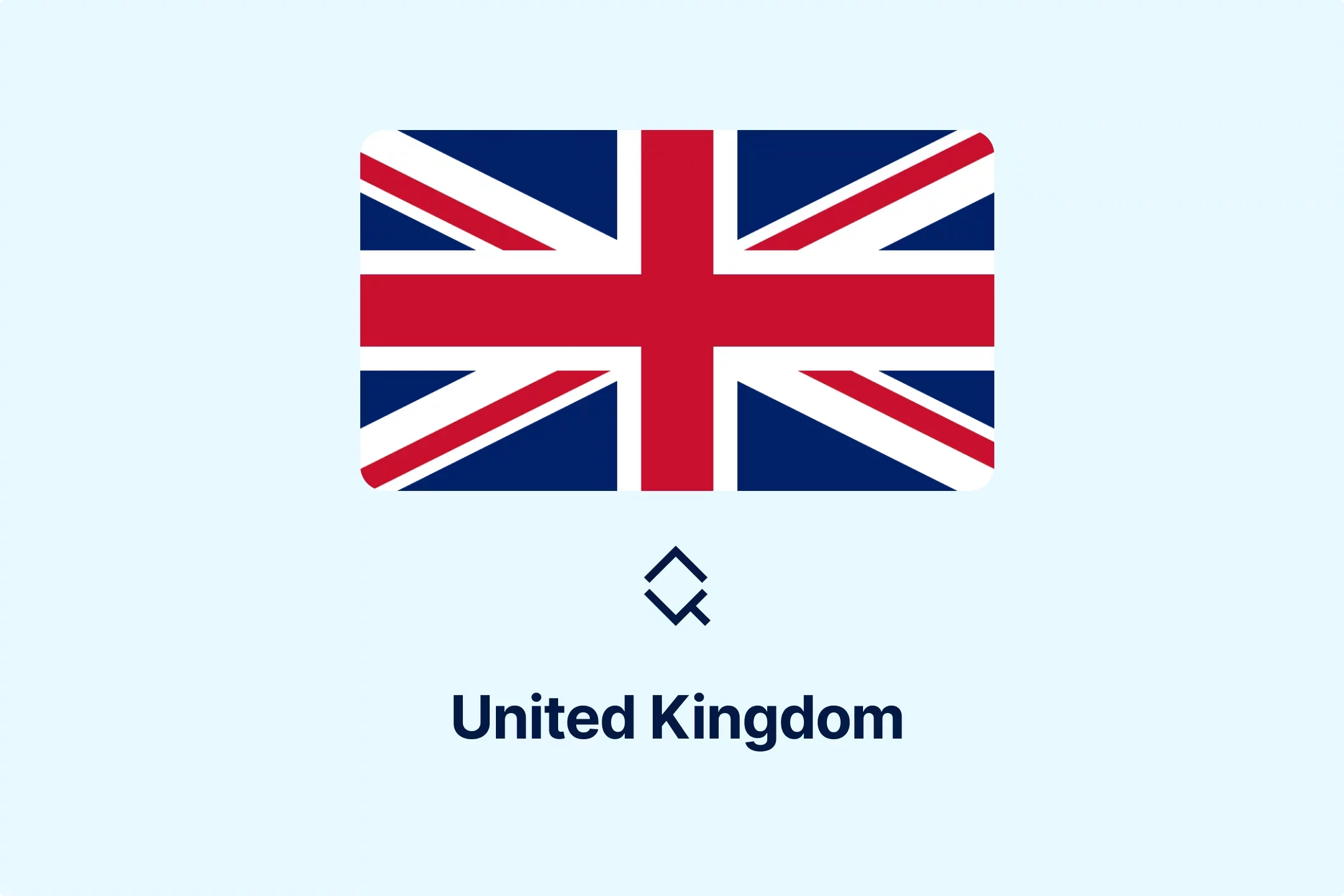
-iyyeiabtaf.webp)
-c8rbjkcs01.webp)
-nilkffjhah.webp)
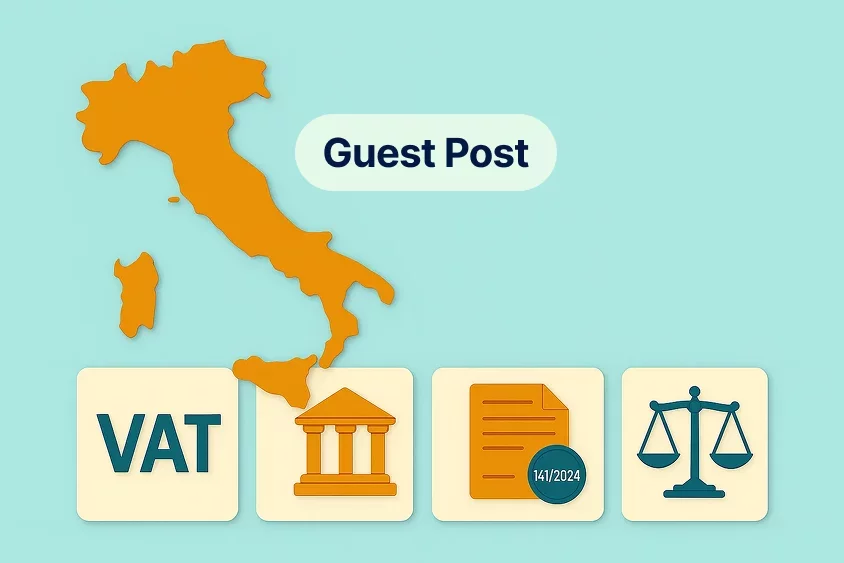
-hikakq55ae.webp)
-z1d60bldtg.webp)
-d1a0q6n7mp.webp)
-viip8nvoeh.webp)
-bvv1otliox.webp)
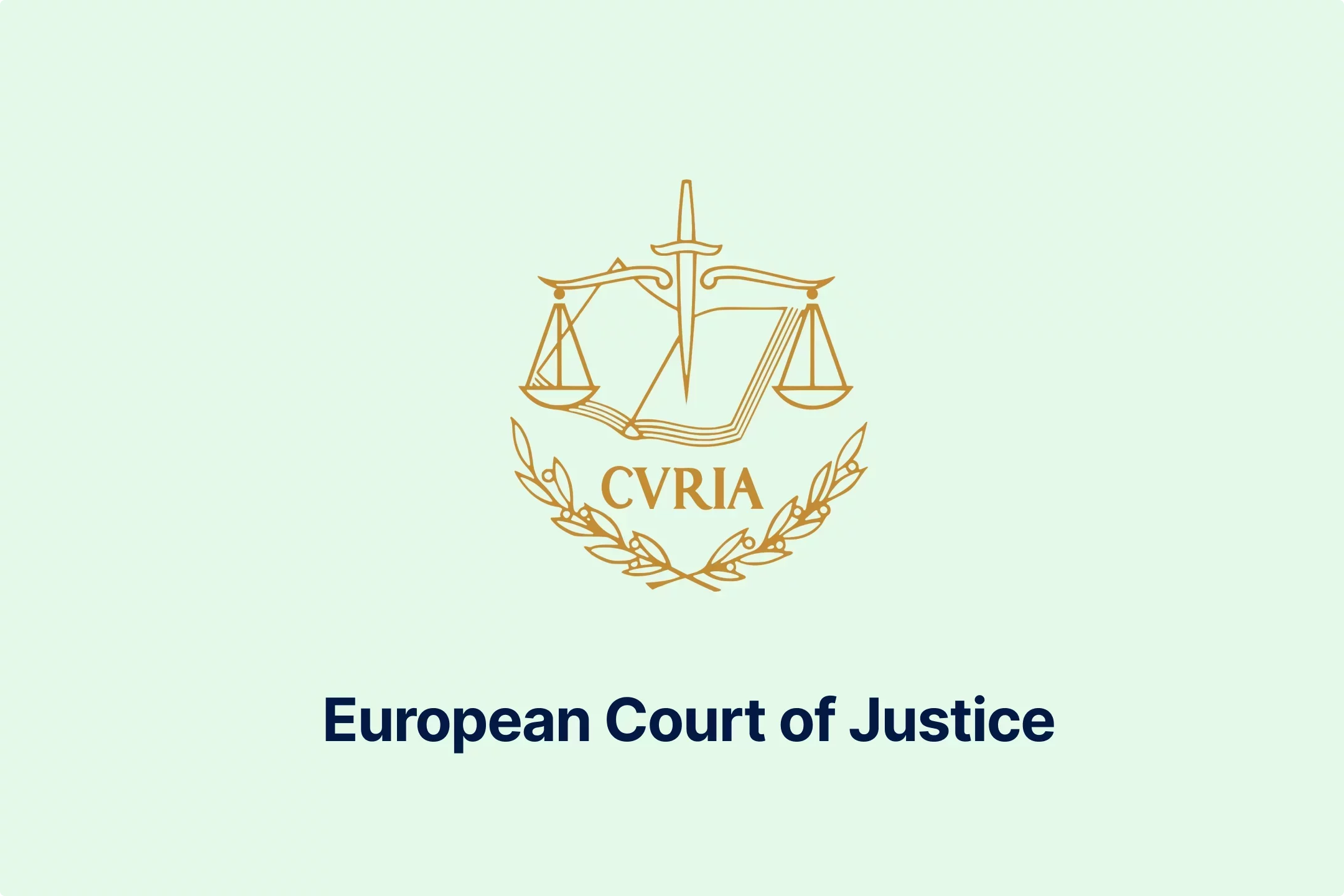

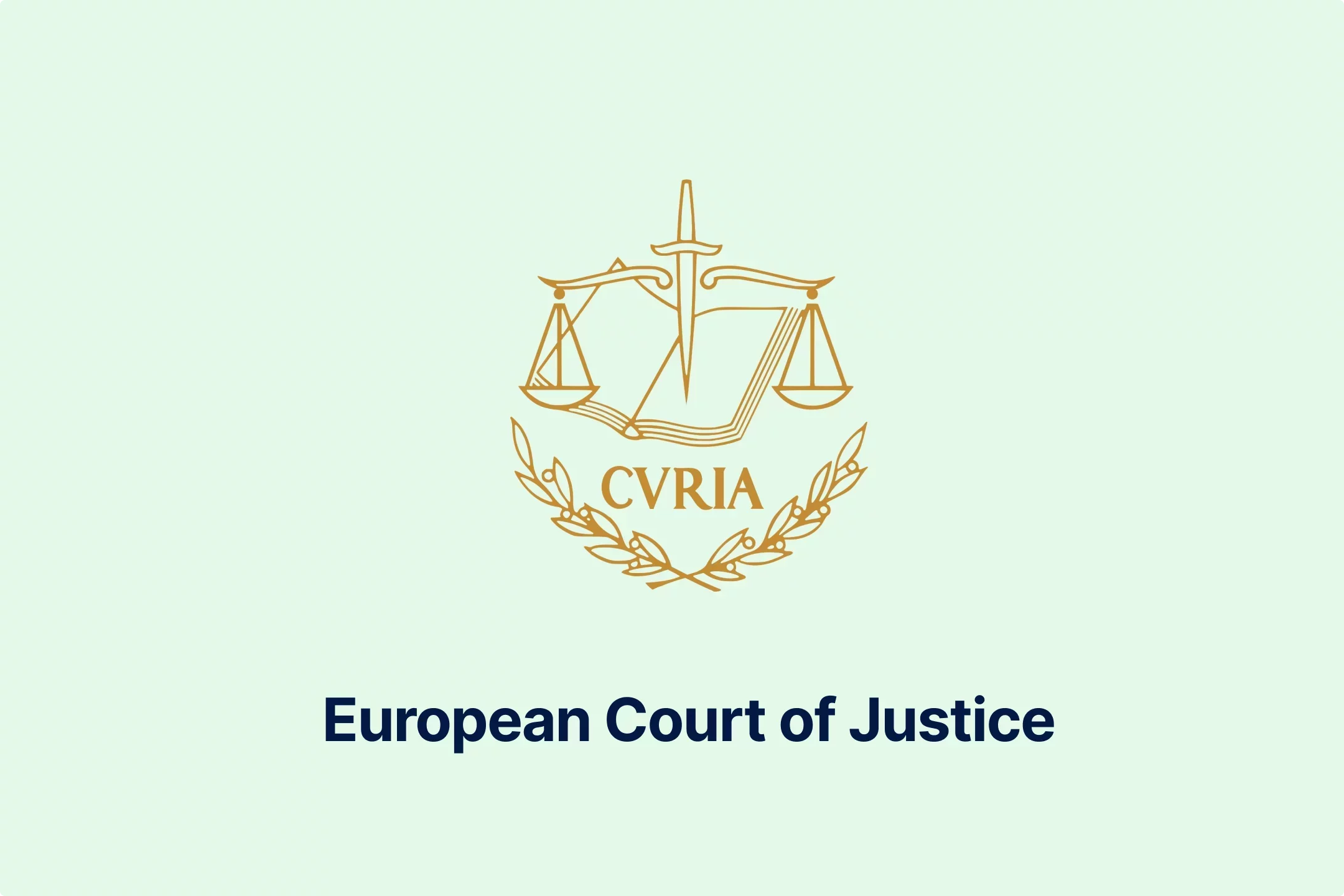
-de8hdb1bn3.webp)
-7xsxxoypnx.webp)
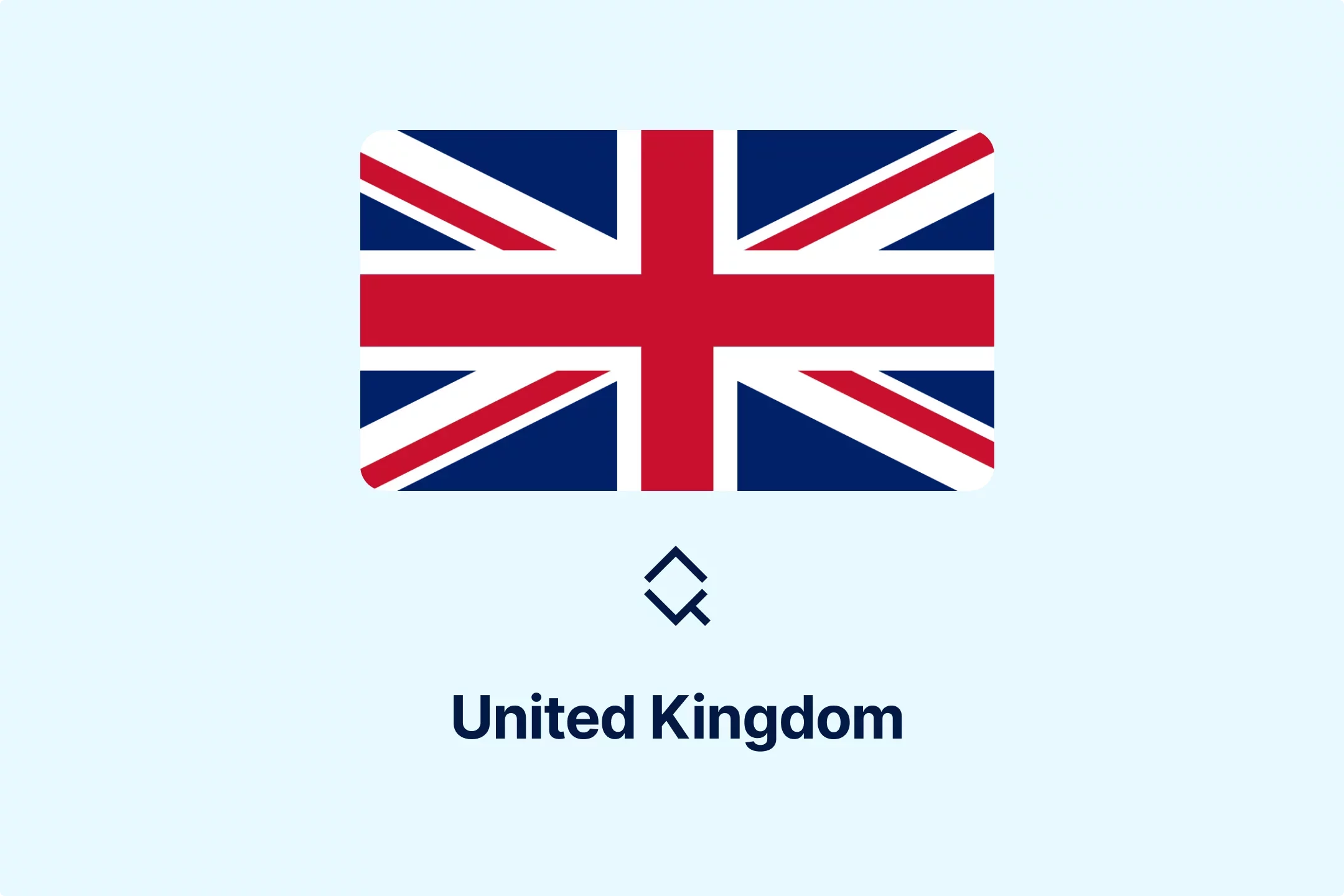
-cm0opezg73.webp)
-0tovsdupmi.webp)
-subxdamdj6.webp)
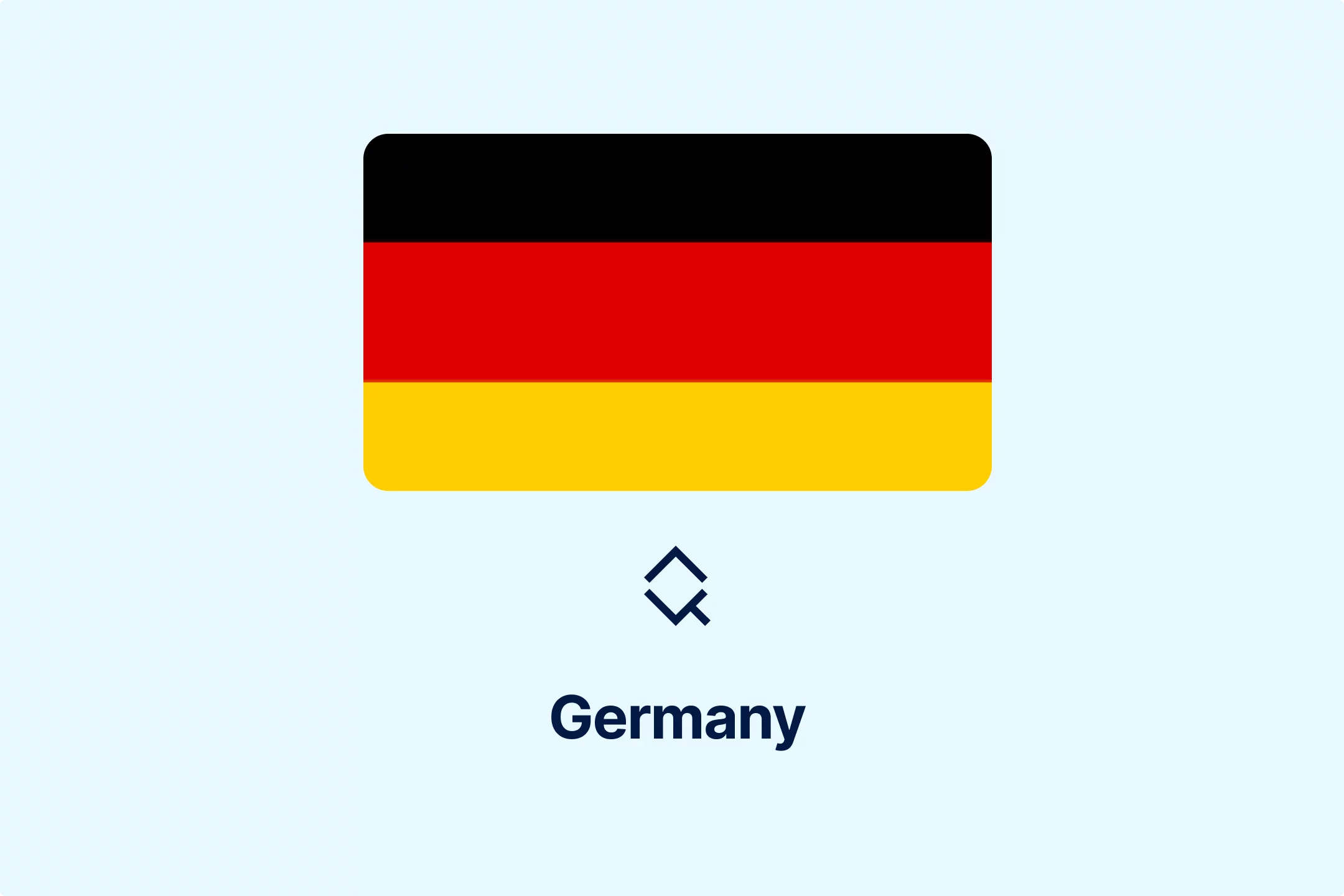
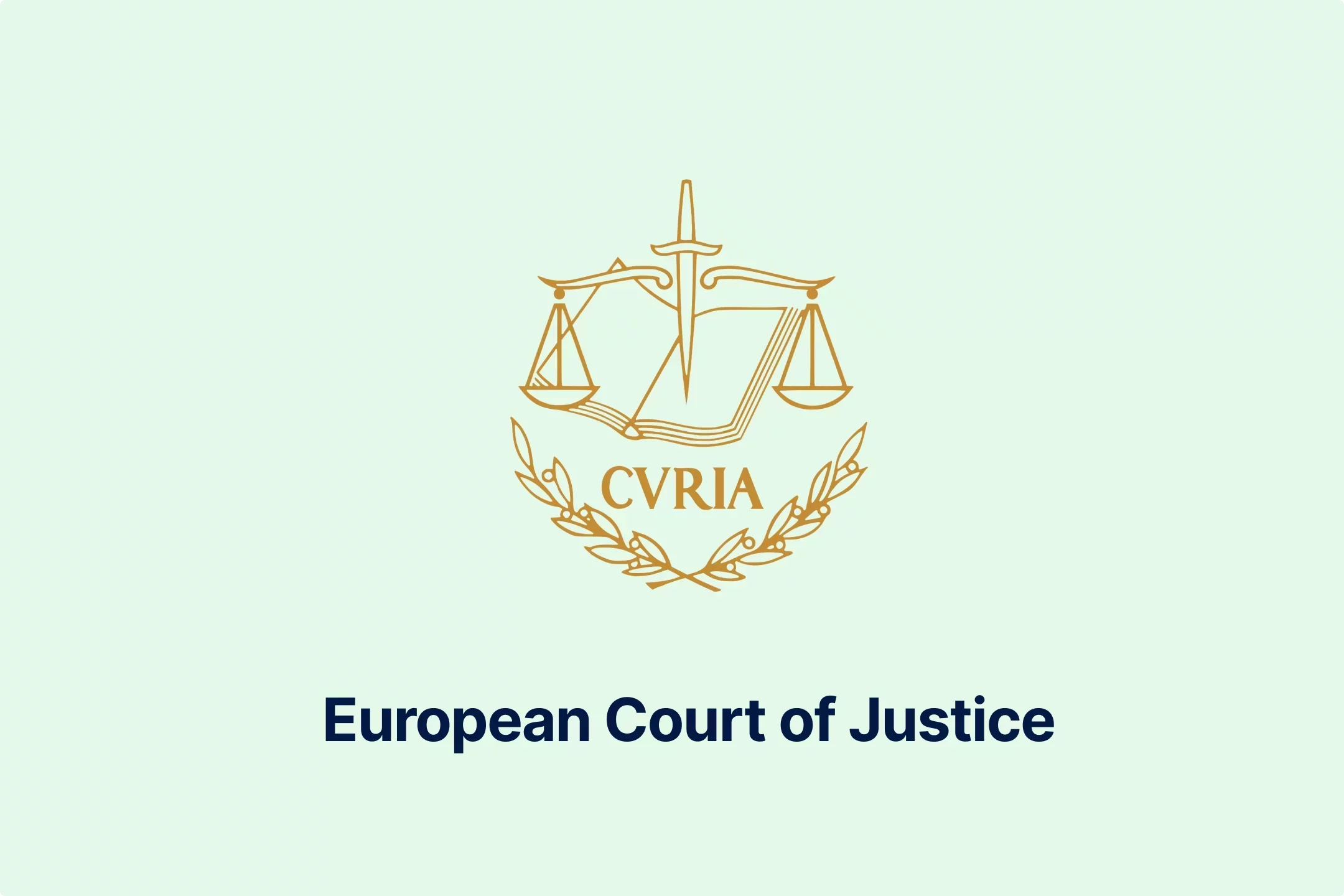
-gly6ablwnh.webp)
-gkduqhwbzh.webp)
-qpe1ld9vcj.webp)
-8noukwsmba.webp)
-aka29tuhkt.webp)


-fisvs27yrp.webp)


-mp0jakanyb.webp)

-aivzsuryuq.webp)



-o7f4ogsy06.webp)

-zjja92wdje.webp)
-hrbhdts8ry.webp)
-qtdkwpgkug.webp)


-cf8ccgah0p.webp)
-0em3cif5s6.webp)





-ptzesl0kij.webp)

-tfzv42pyms.webp)






-uodv7sfbih.webp)
-bbrdfmm9qf.webp)



-m2tl8crfqr.webp)




-1awbqjgpjs.webp)
-avbjsn1k1g.webp)


-0h8ohkx6s0.webp)


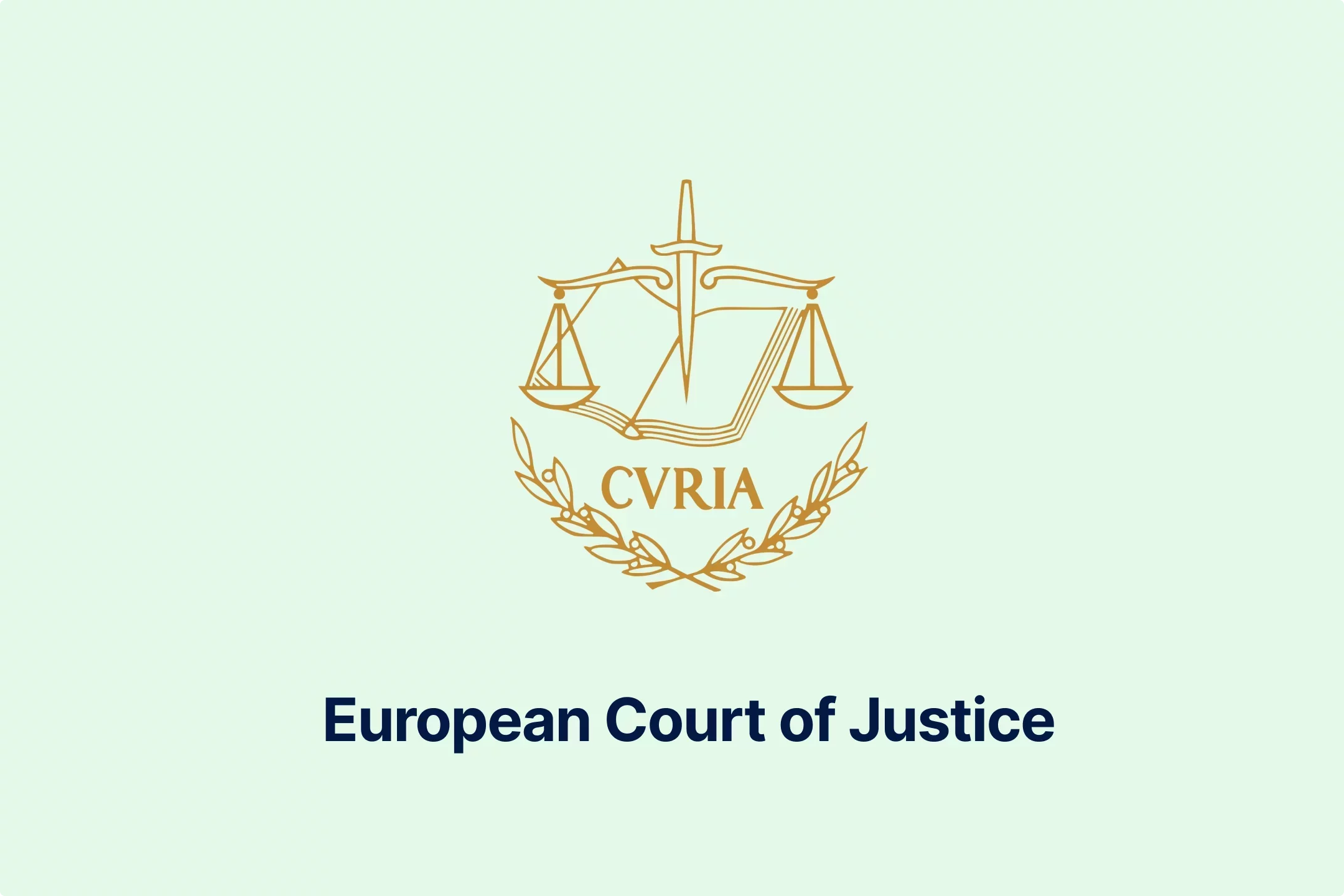
-wfmqhtc7i6.webp)
-7wljbof2zo.webp)
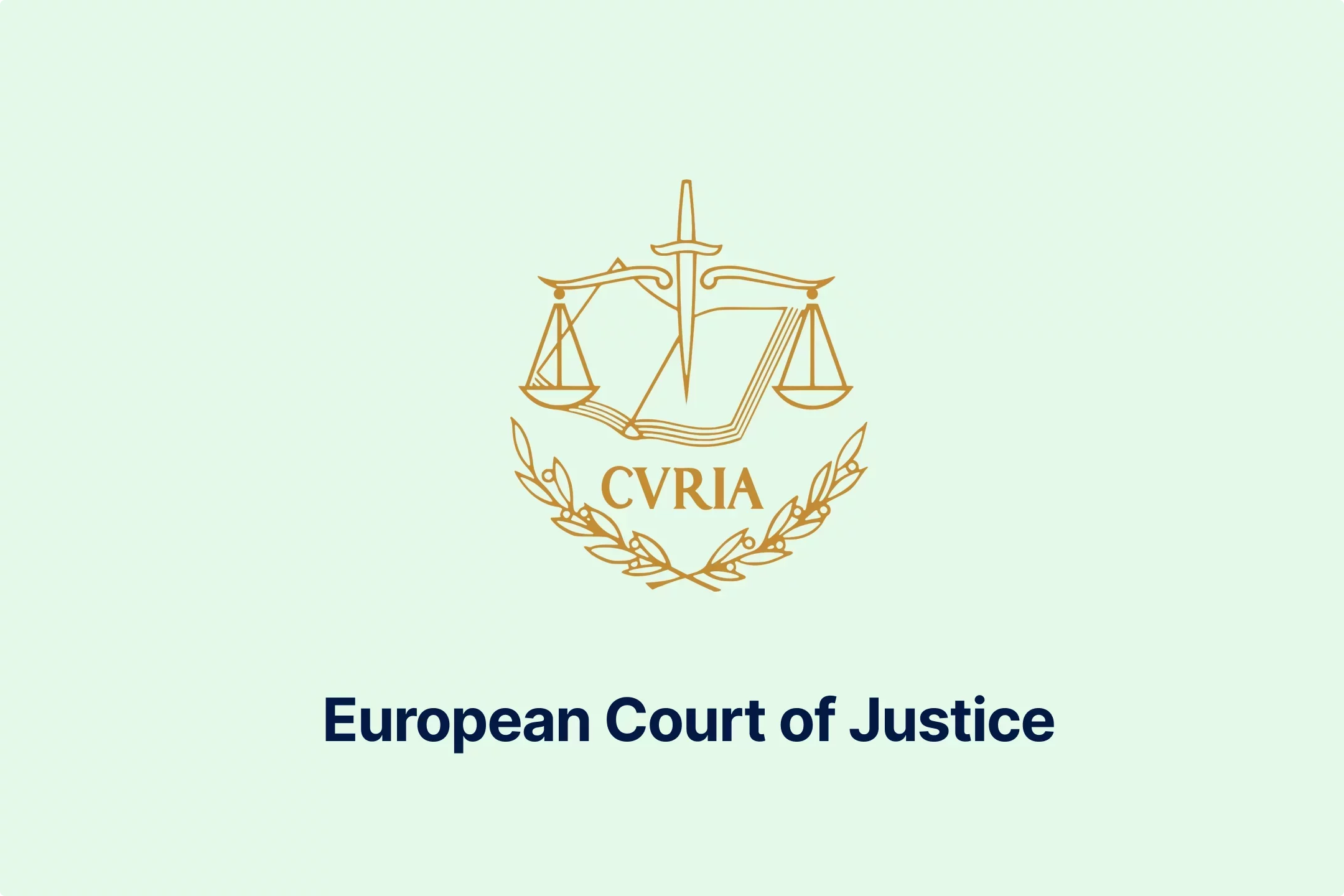
-eqt97uyekl.webp)
-wzw9mcf563.webp)

-z4oxr6i0zd.webp)




-l0zcrrzvhb.webp)
-fhtic1pwml.webp)

-iipdguuz9p.webp)
-nkhhwrnggm.webp)
-pltqwerr3w.webp)

-nn6mtfbneq.webp)

-tmnklelfku.webp)



-8z1msbdibu.webp)
-7g16lgggrv.webp)



-lxcwgtzitc.webp)
-9mc55kqwtx.webp)


-xla7j3cxwz.webp)
-jrdryw2eil.webp)






-t9qr49xs2u.webp)


-qjopq5jplv.webp)



-vune1zdqex.webp)

-qsozqjwle2.webp)
-rgjta7iwiv.webp)

-zb6bxxws47.webp)
-lyfjzw4okp.webp)

-ogpfmol5m1.png)


-czisebympl.png)

-zetvivc79v.png)
-ud7ylvkade.png)
-qizq6w2v5z.png)







-ihr6b4mpo1.webp)
-k1j4au0ph6.webp)
-swxxcatugi.webp)


-ig9tutqopw.webp)

-tauoa6ziym.webp)

-spr0wydvvg.webp)
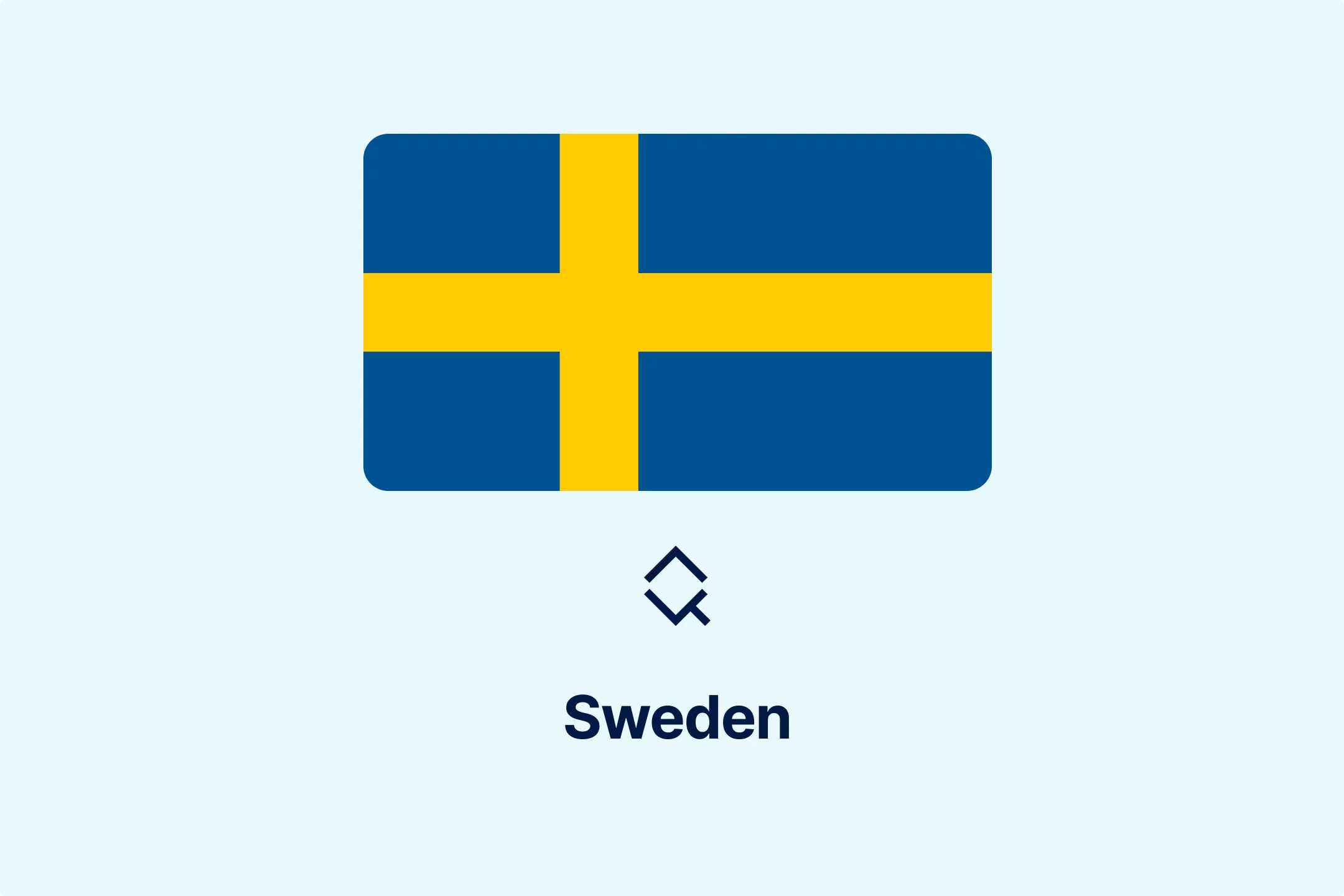
-xfuognajem.webp)





-u2nv5luoqc.webp)








-opuxpan2iu.webp)




-kwttsfd8ow.webp)
-8u14qi10nj.webp)

-wjpr96aq5g.webp)

.png)

.png)


.png)


.png)



.png)
.png)
.png)
.png)
.png)

.png)
.png)




.png)
.png)




































































































































